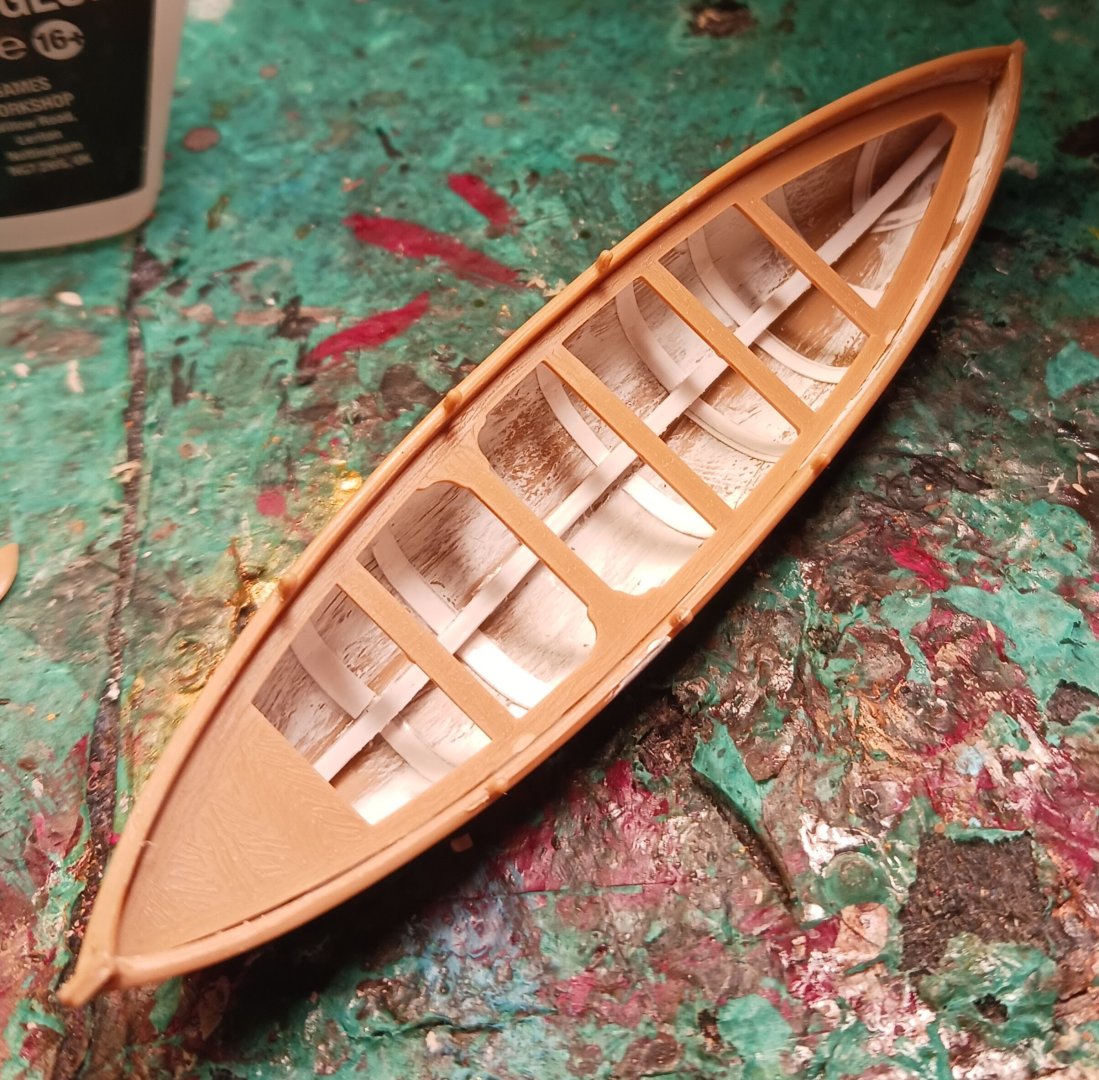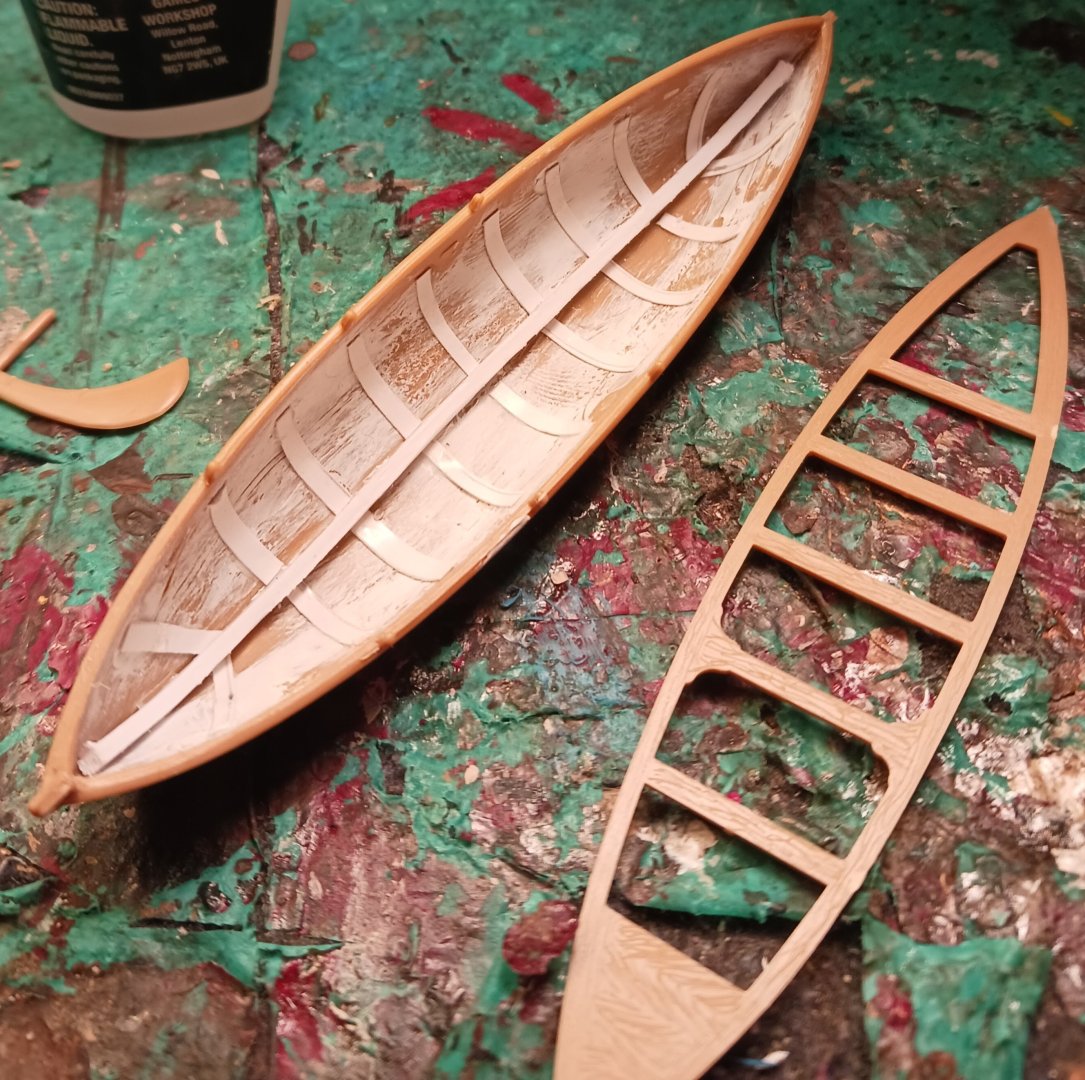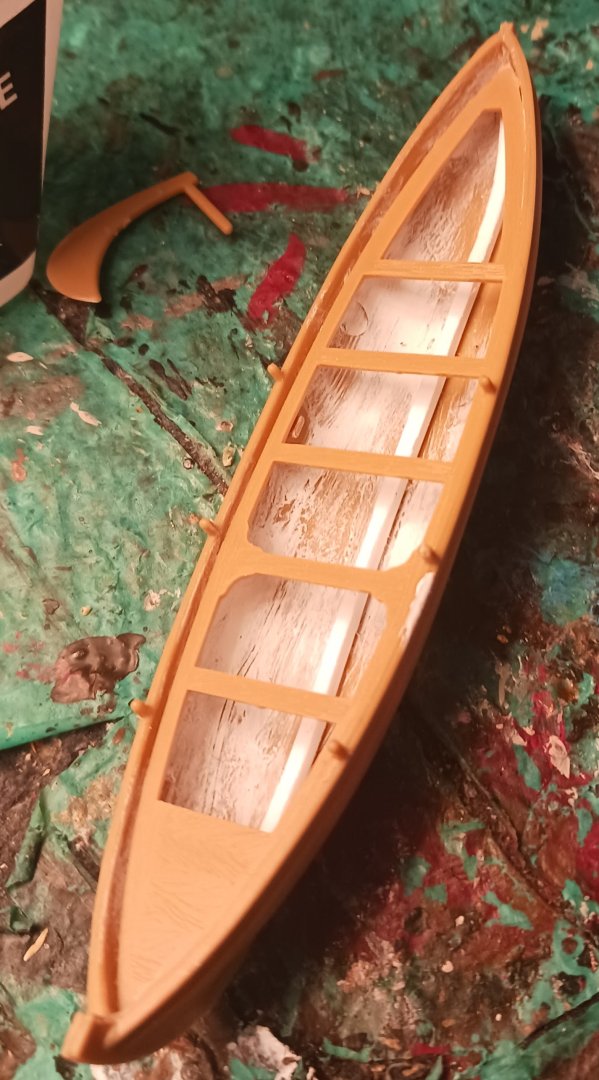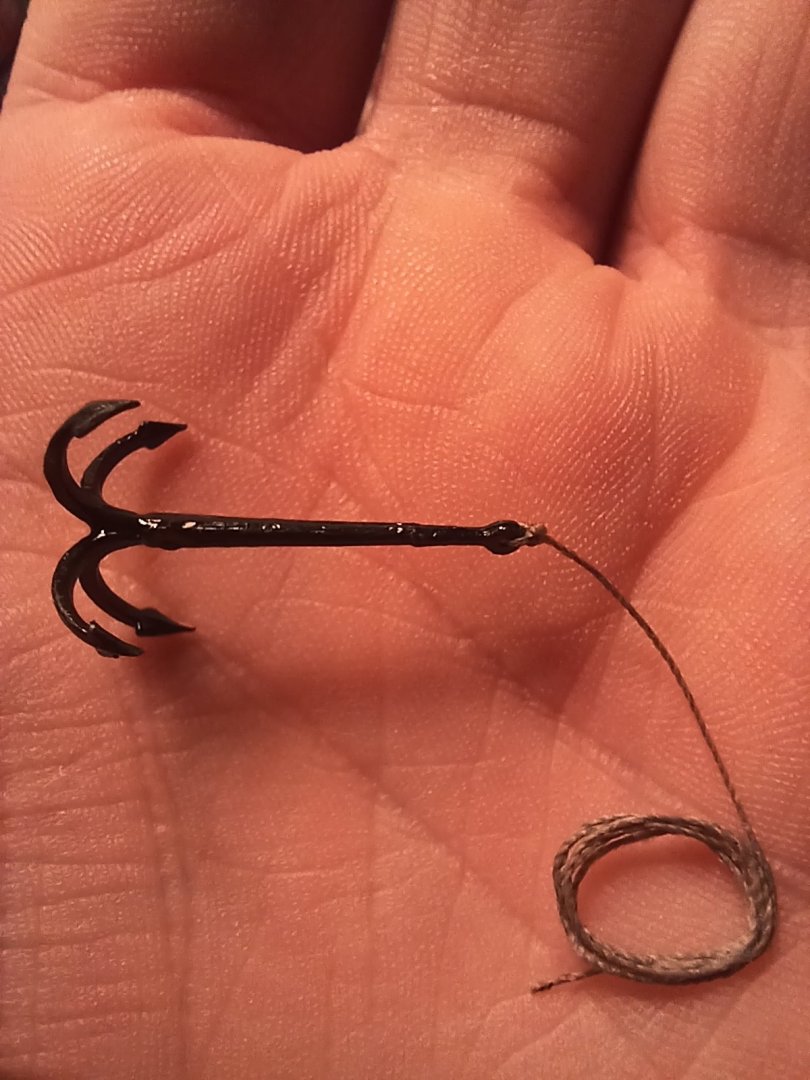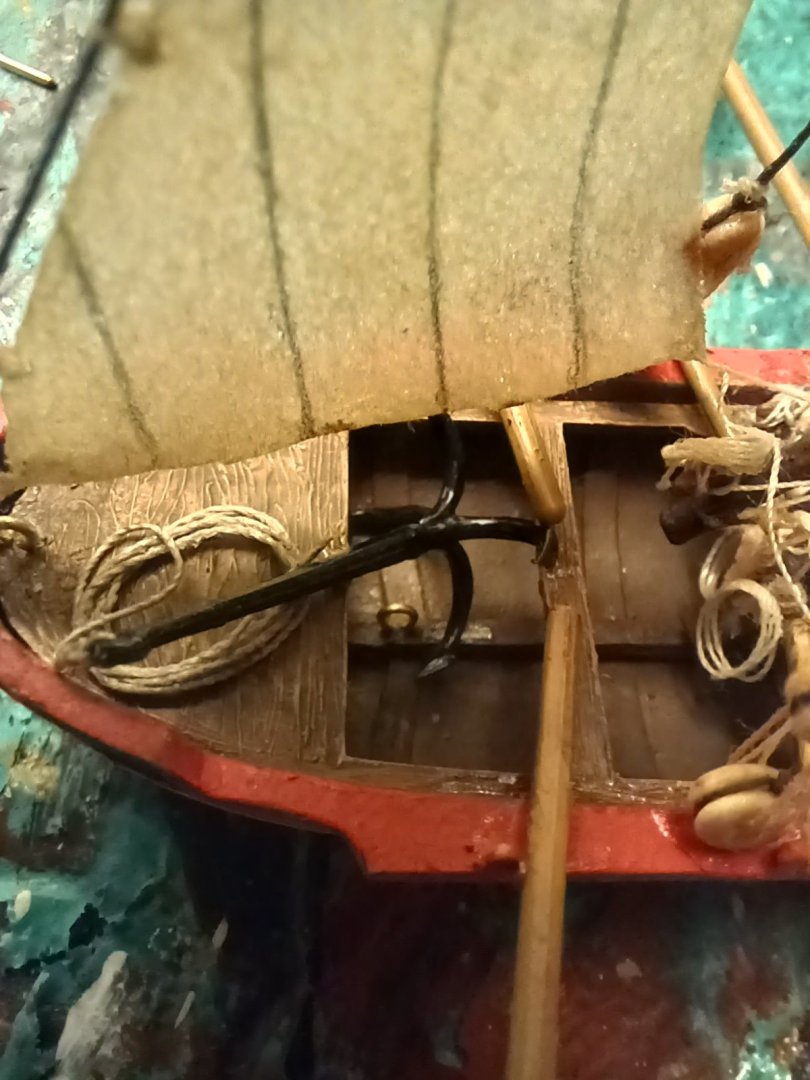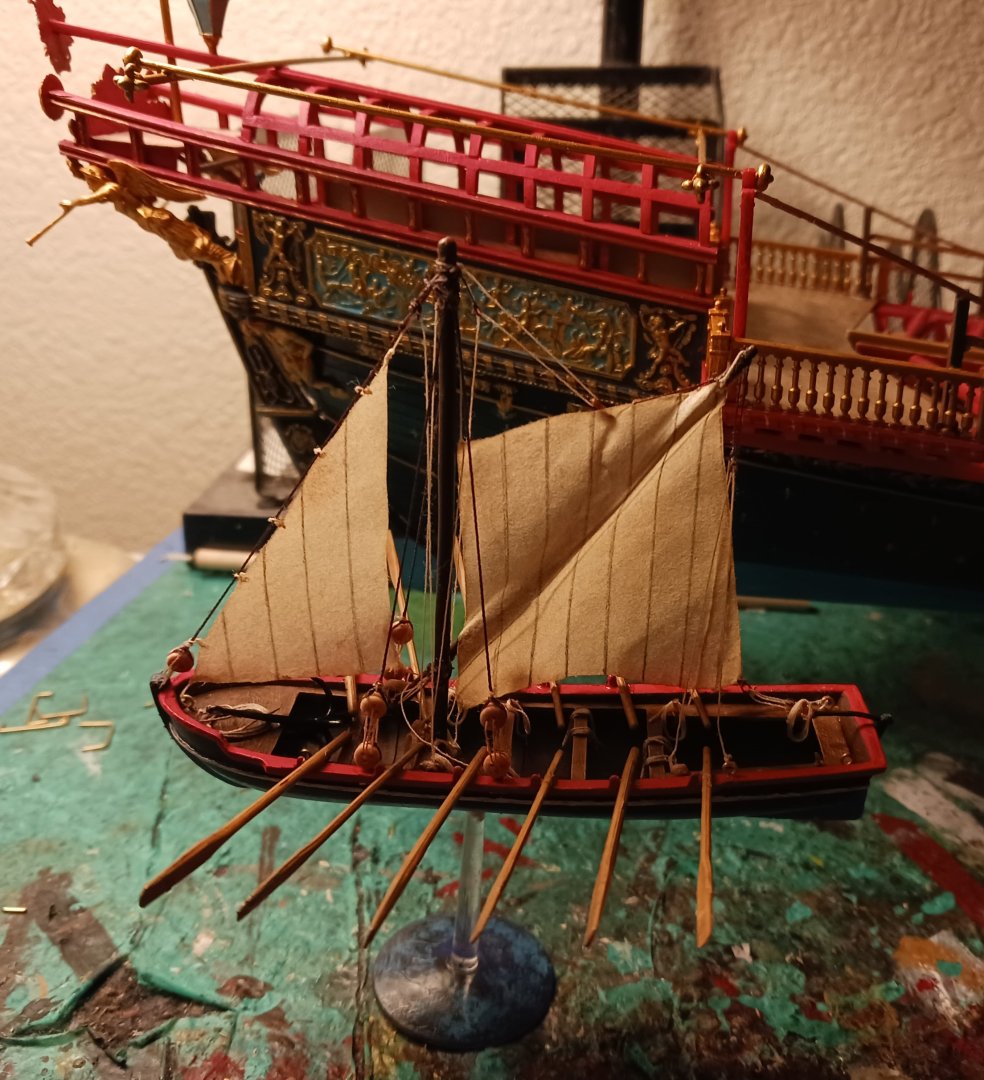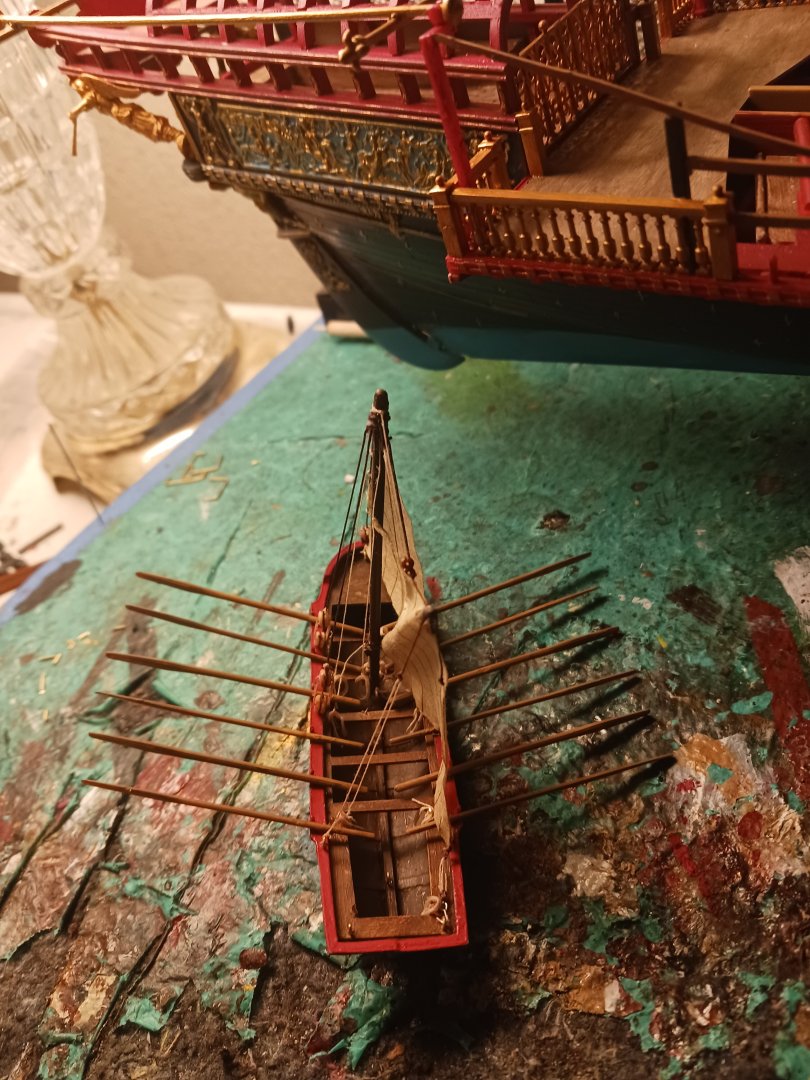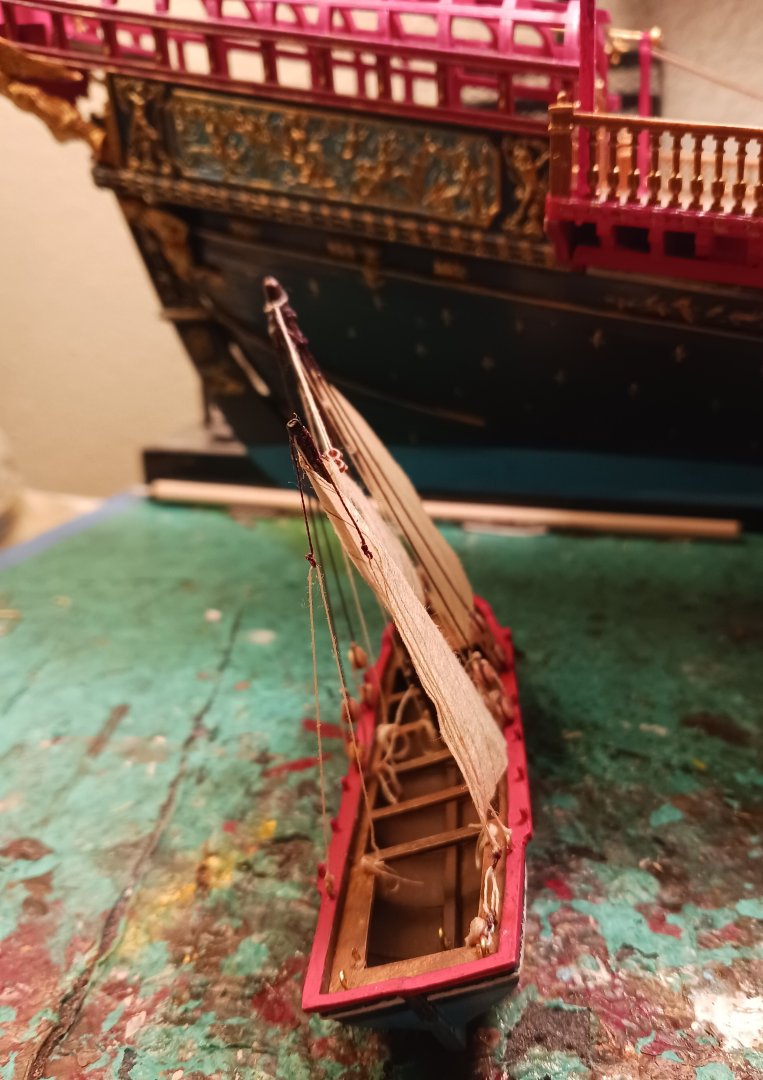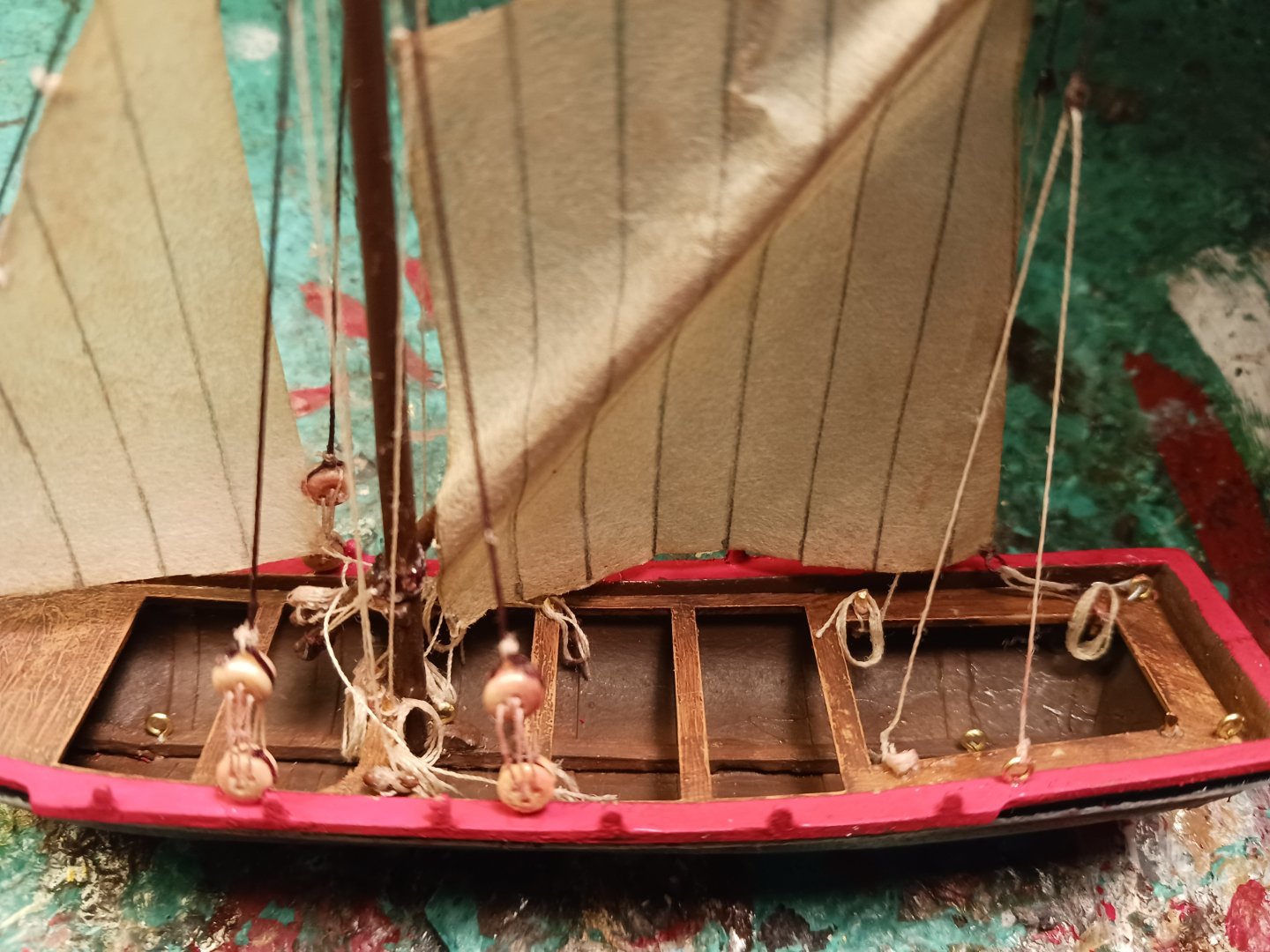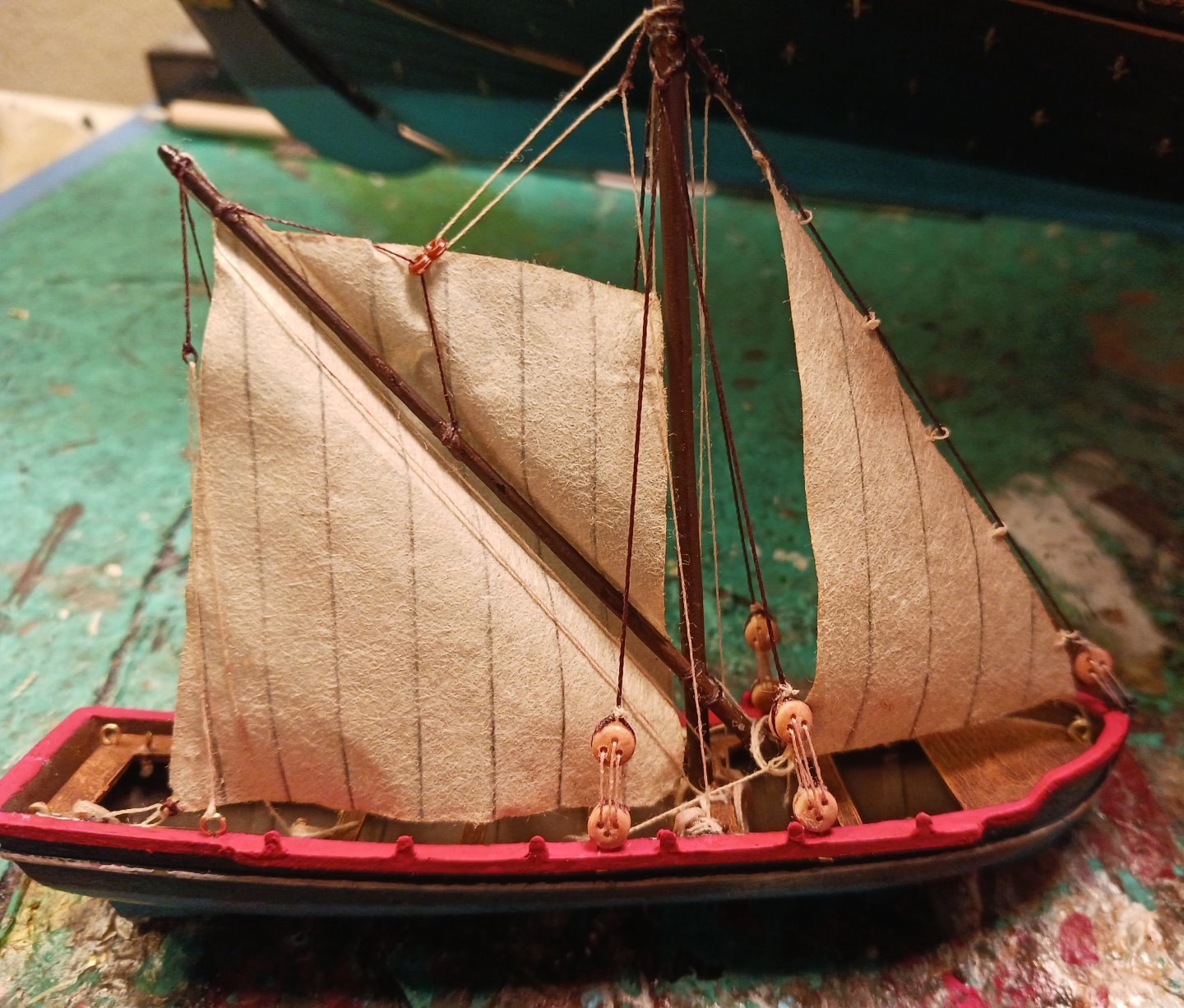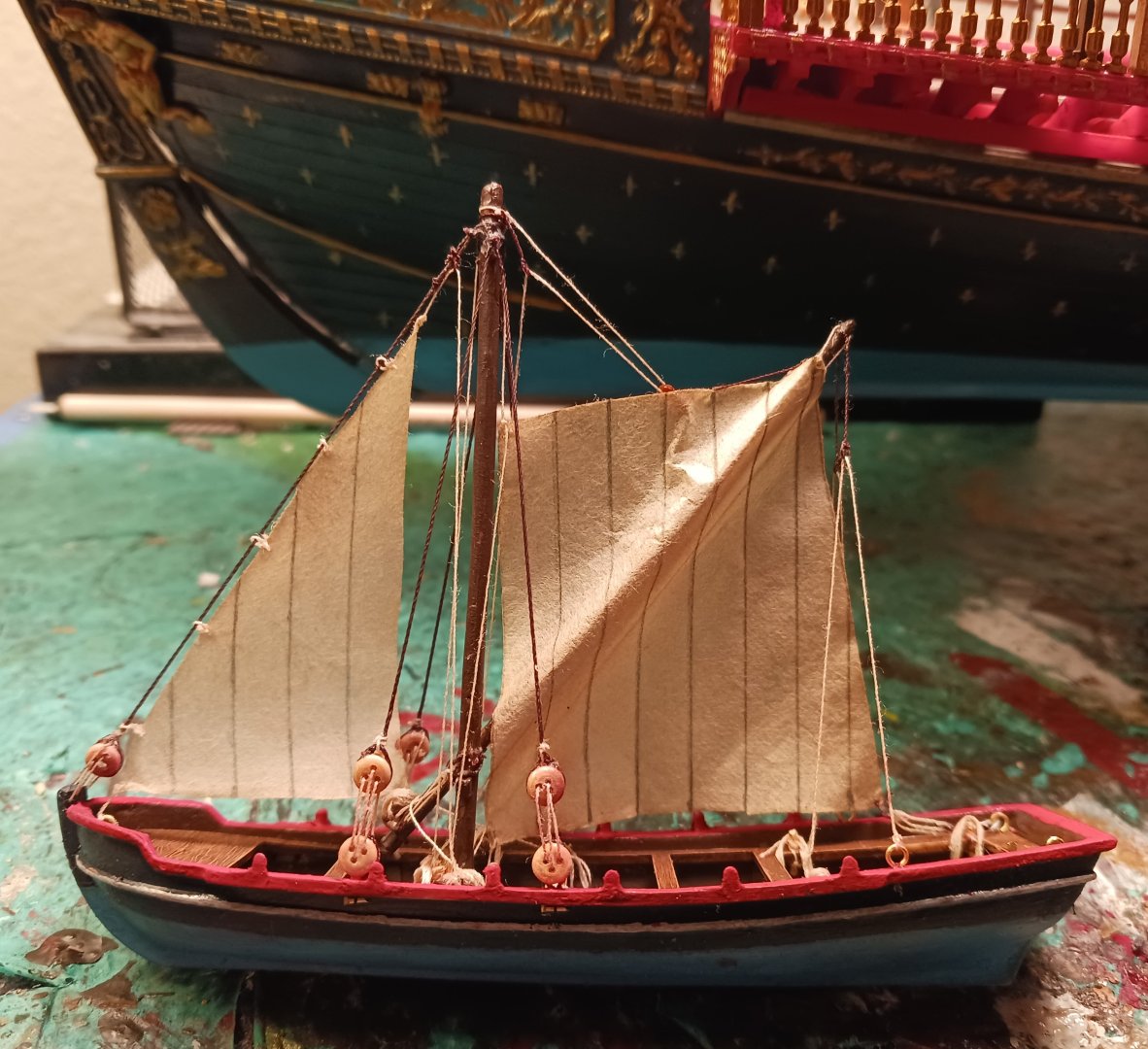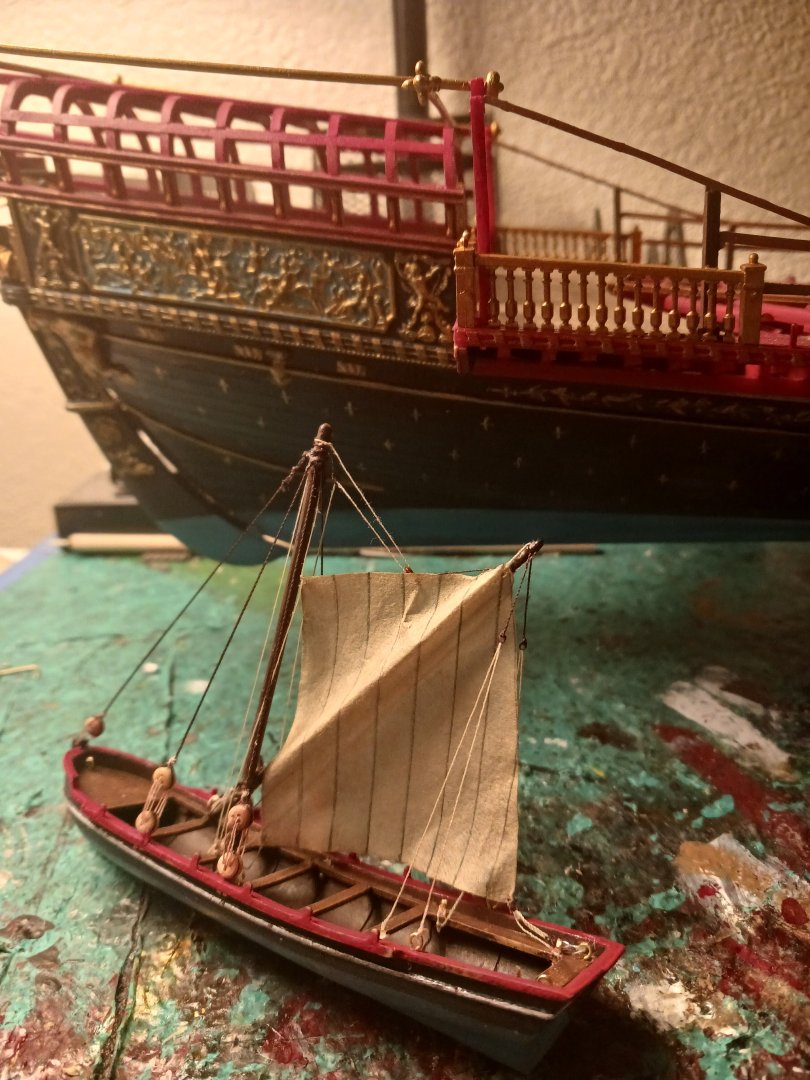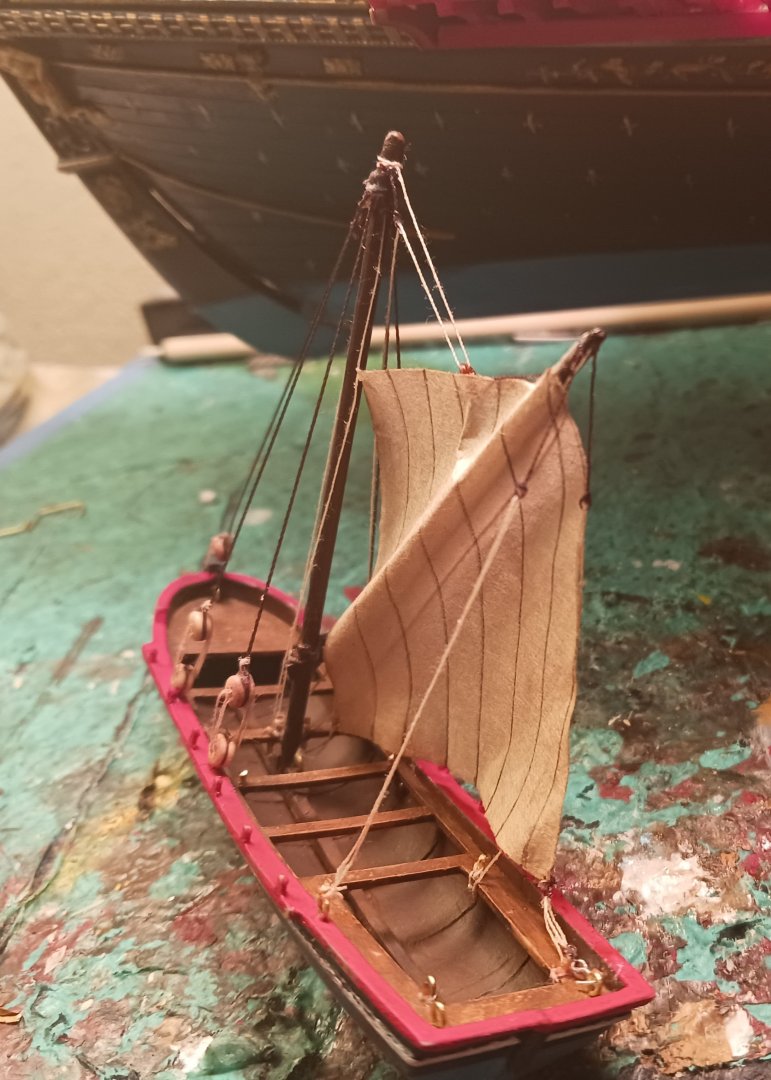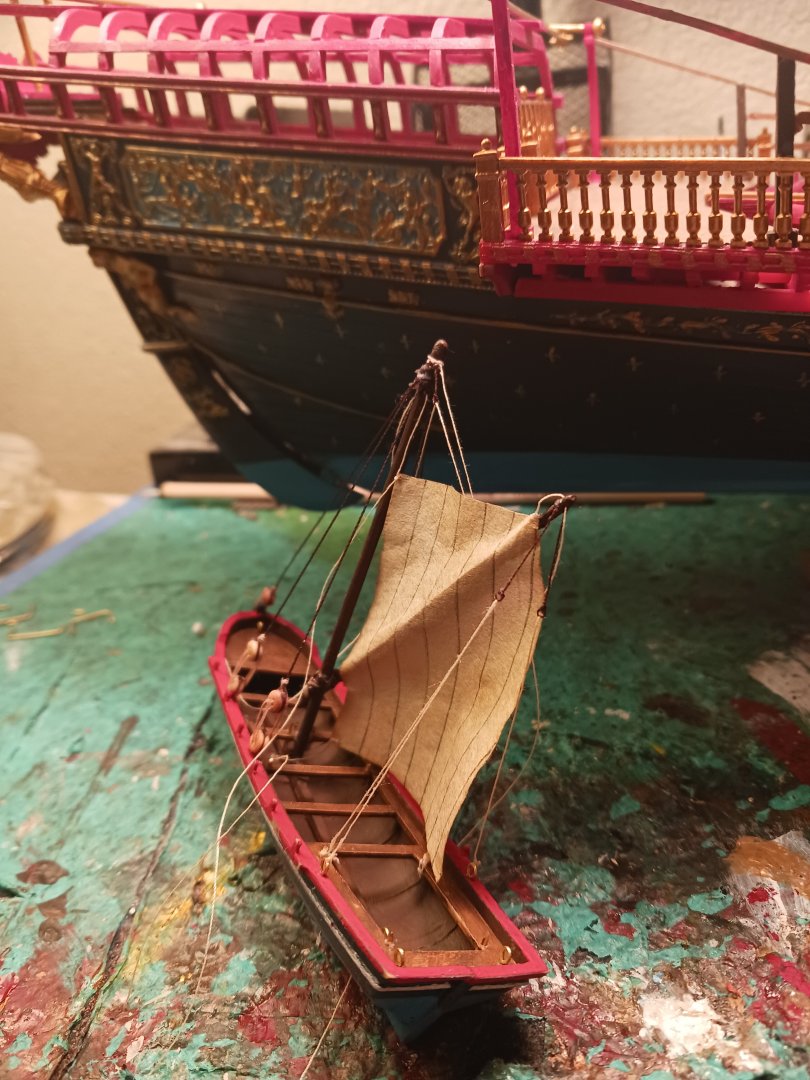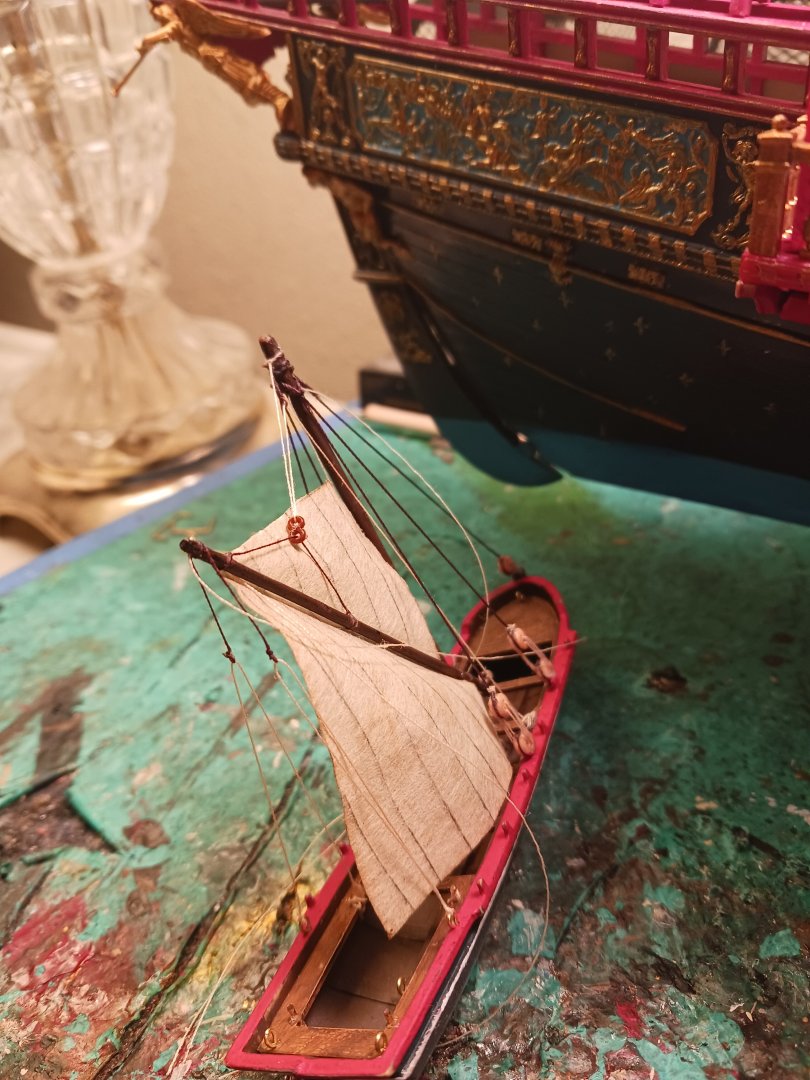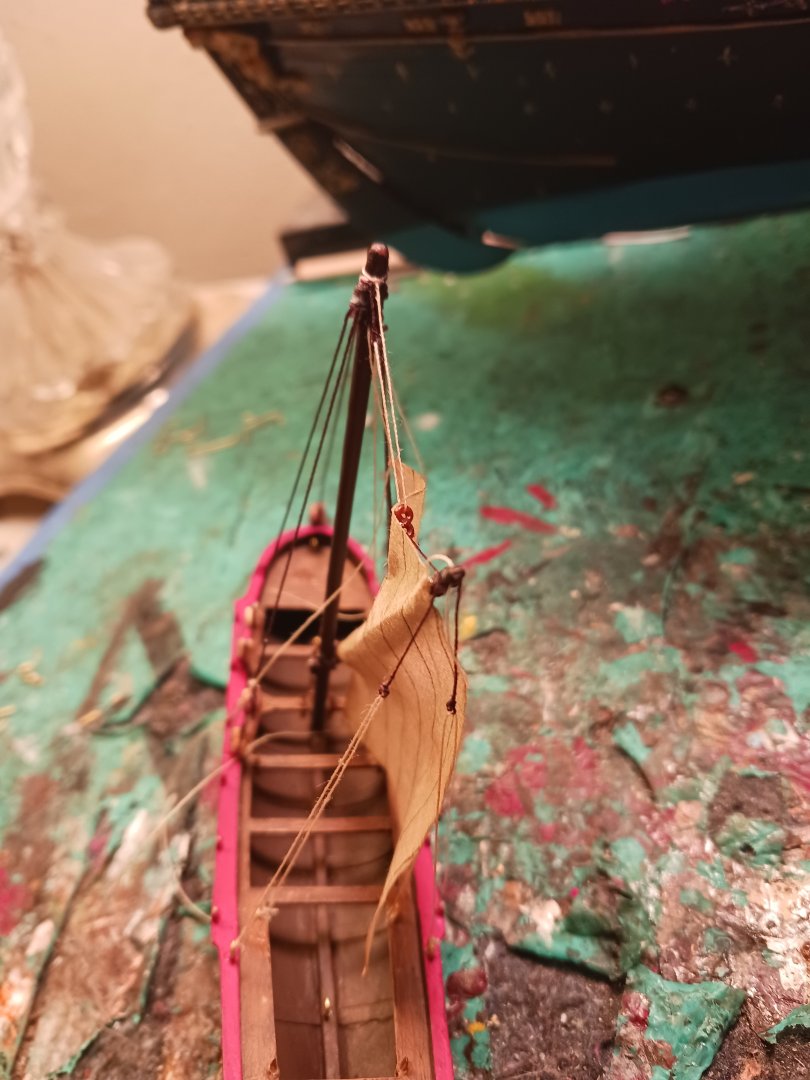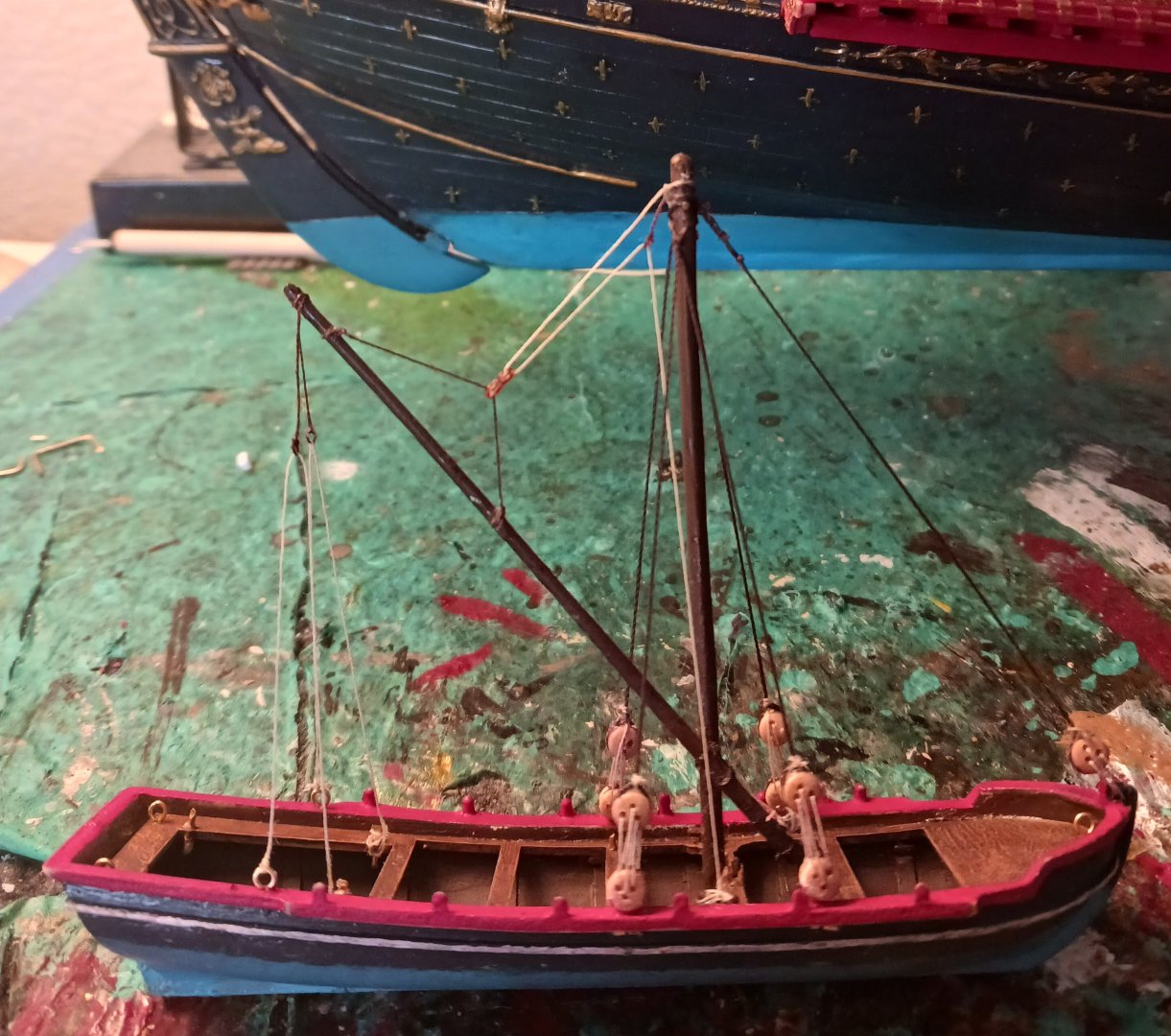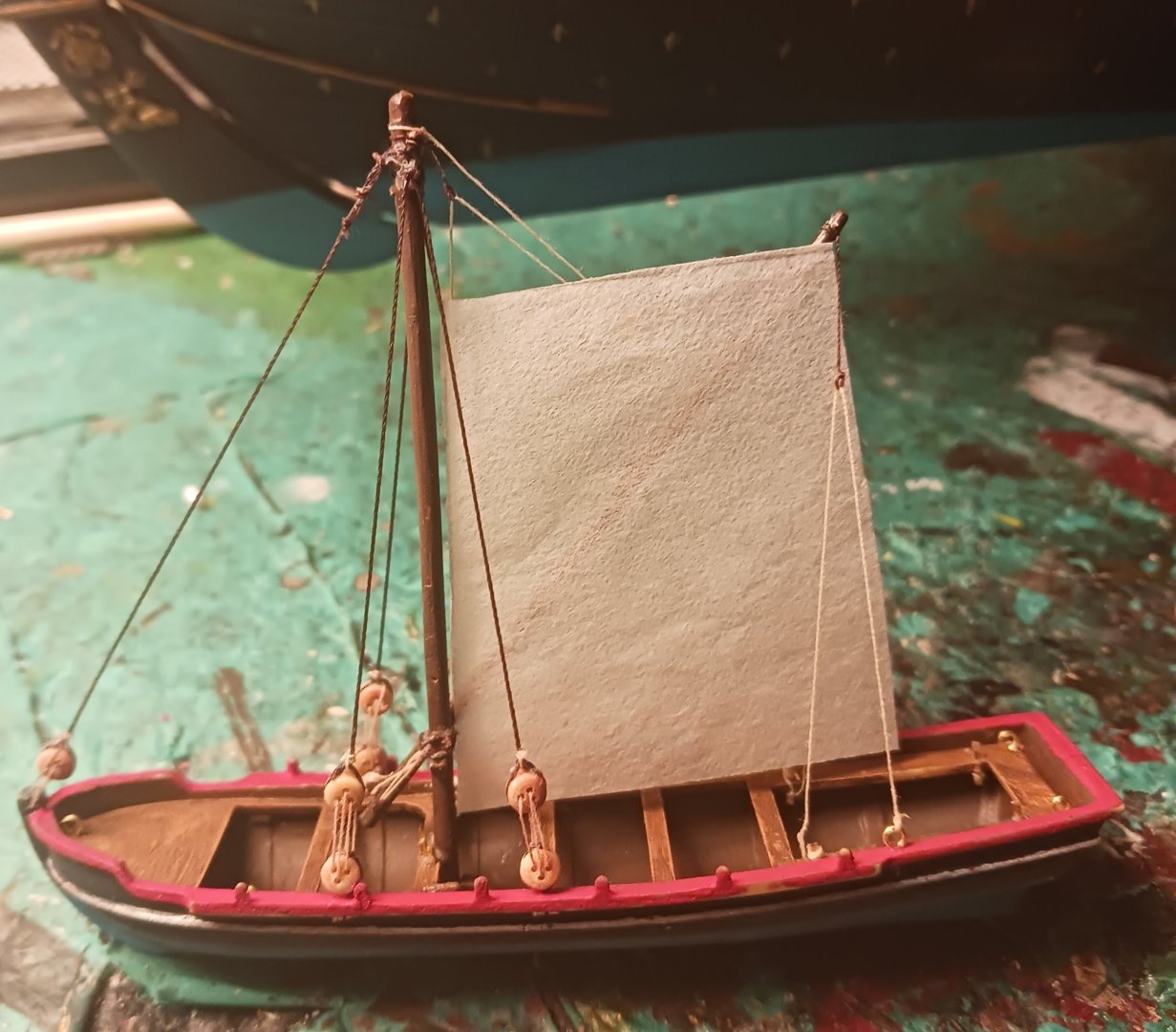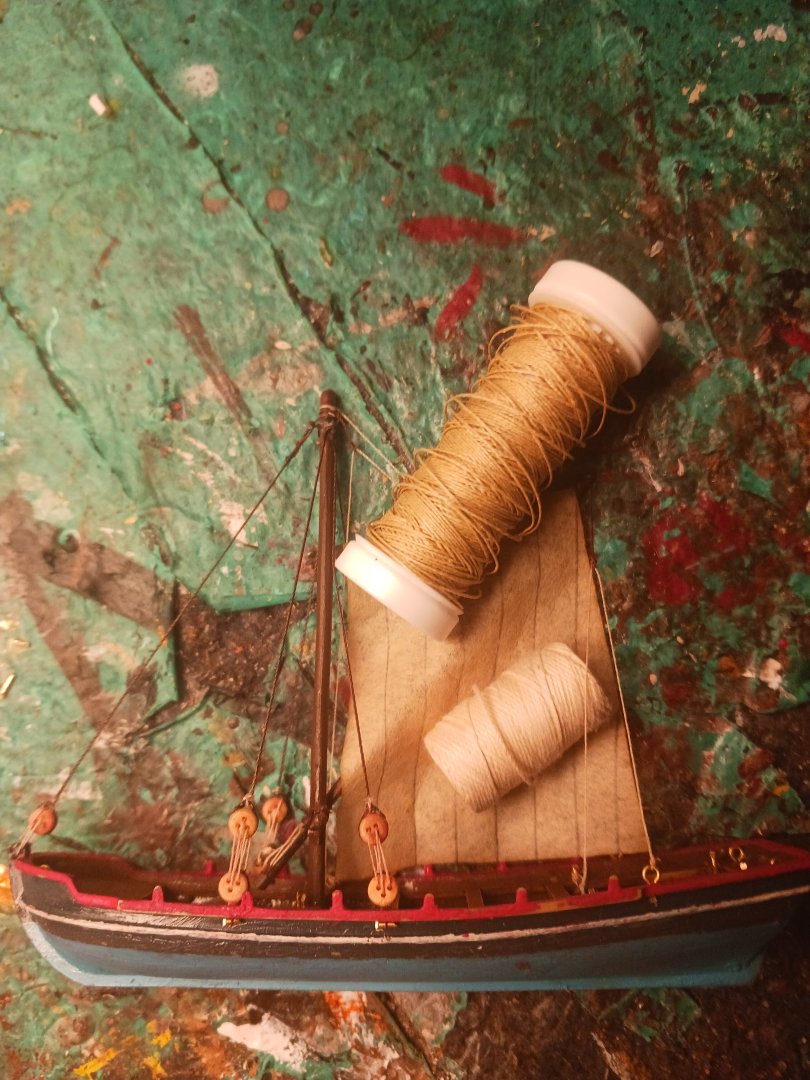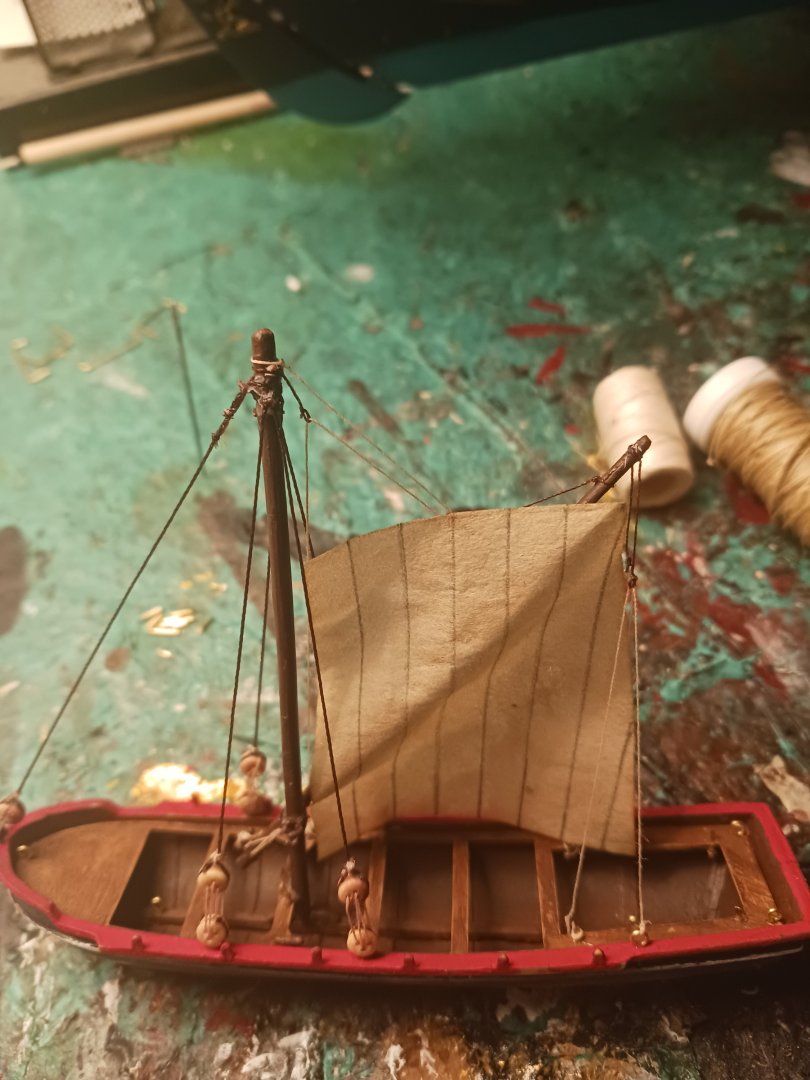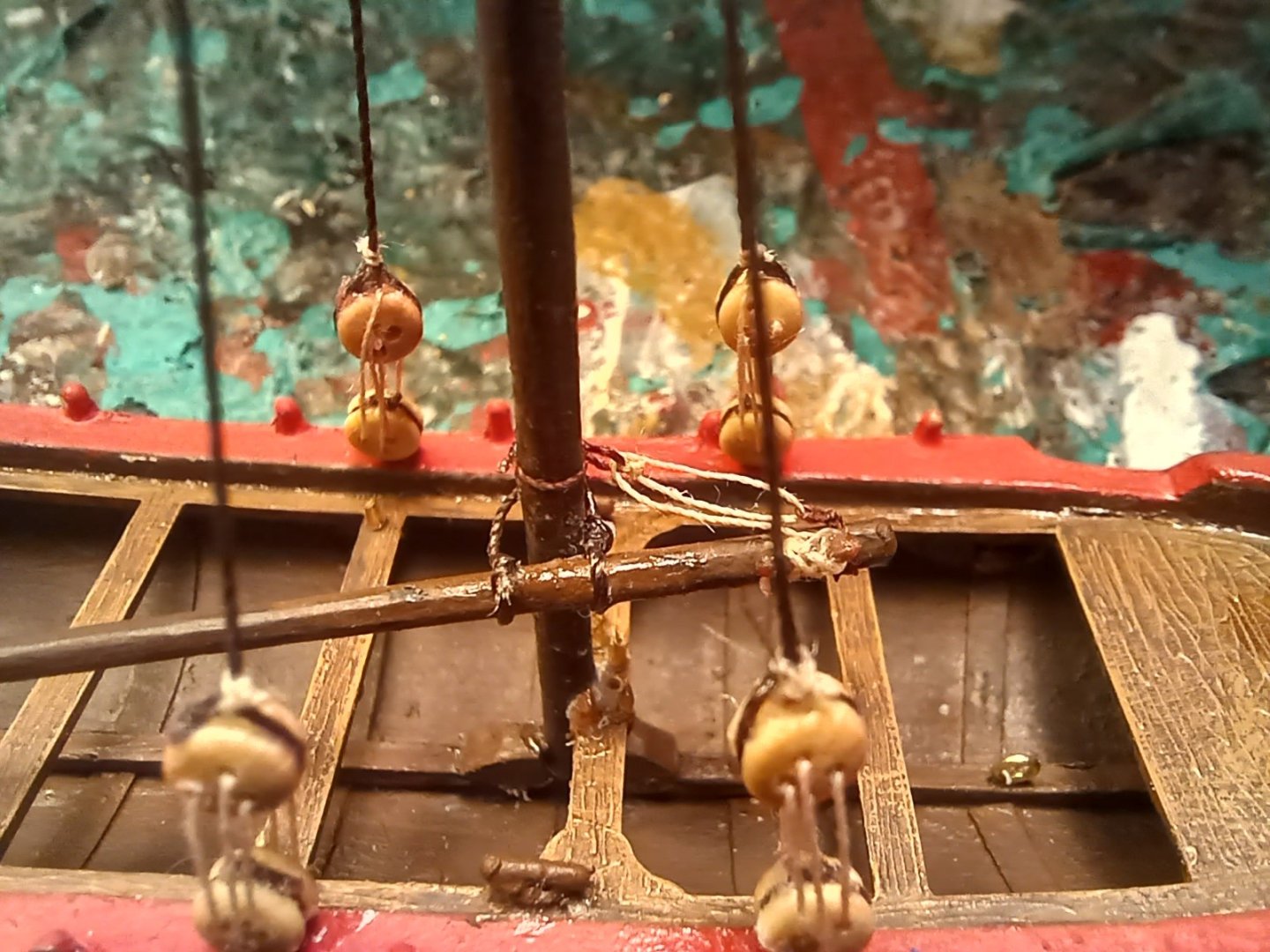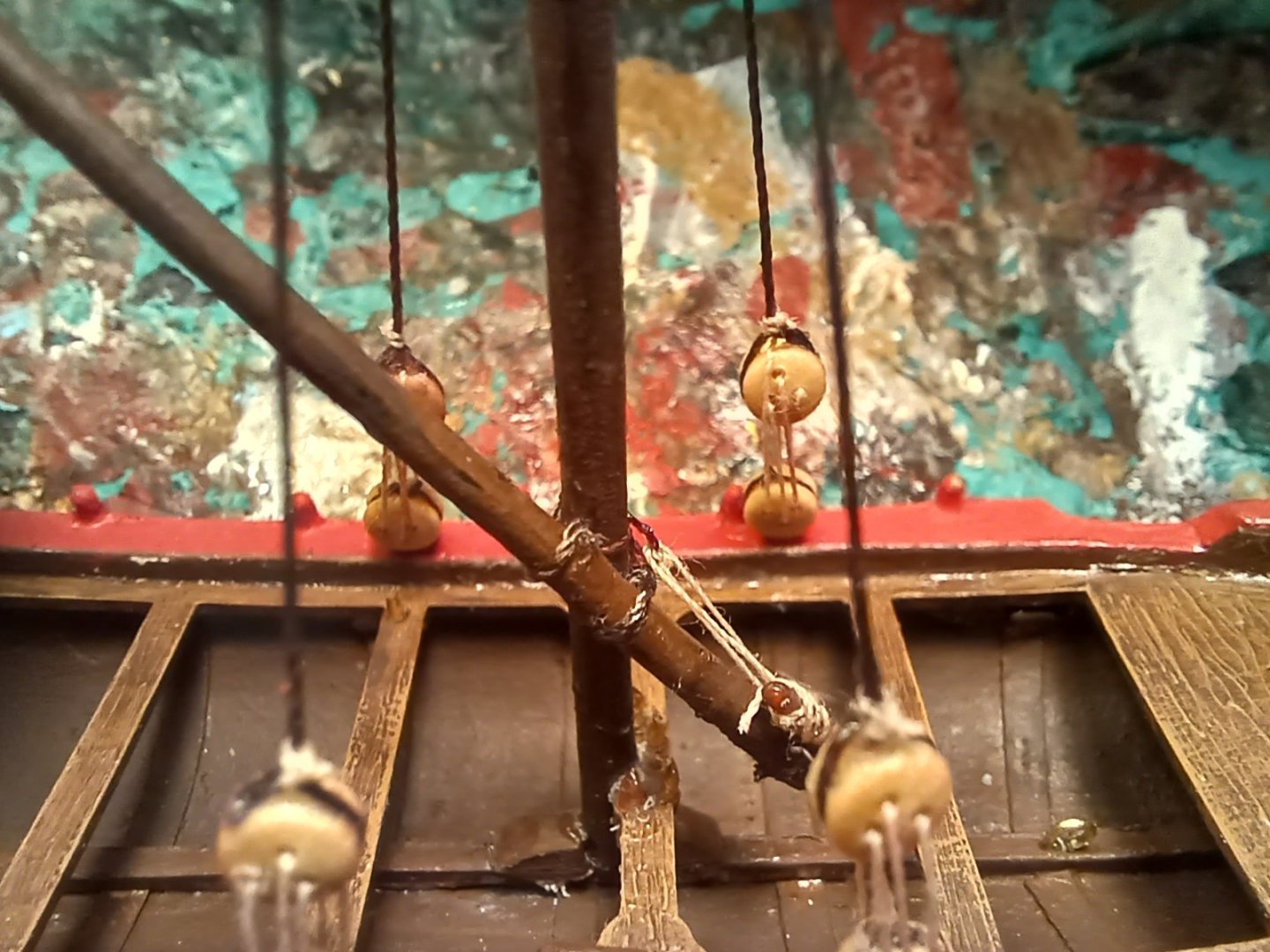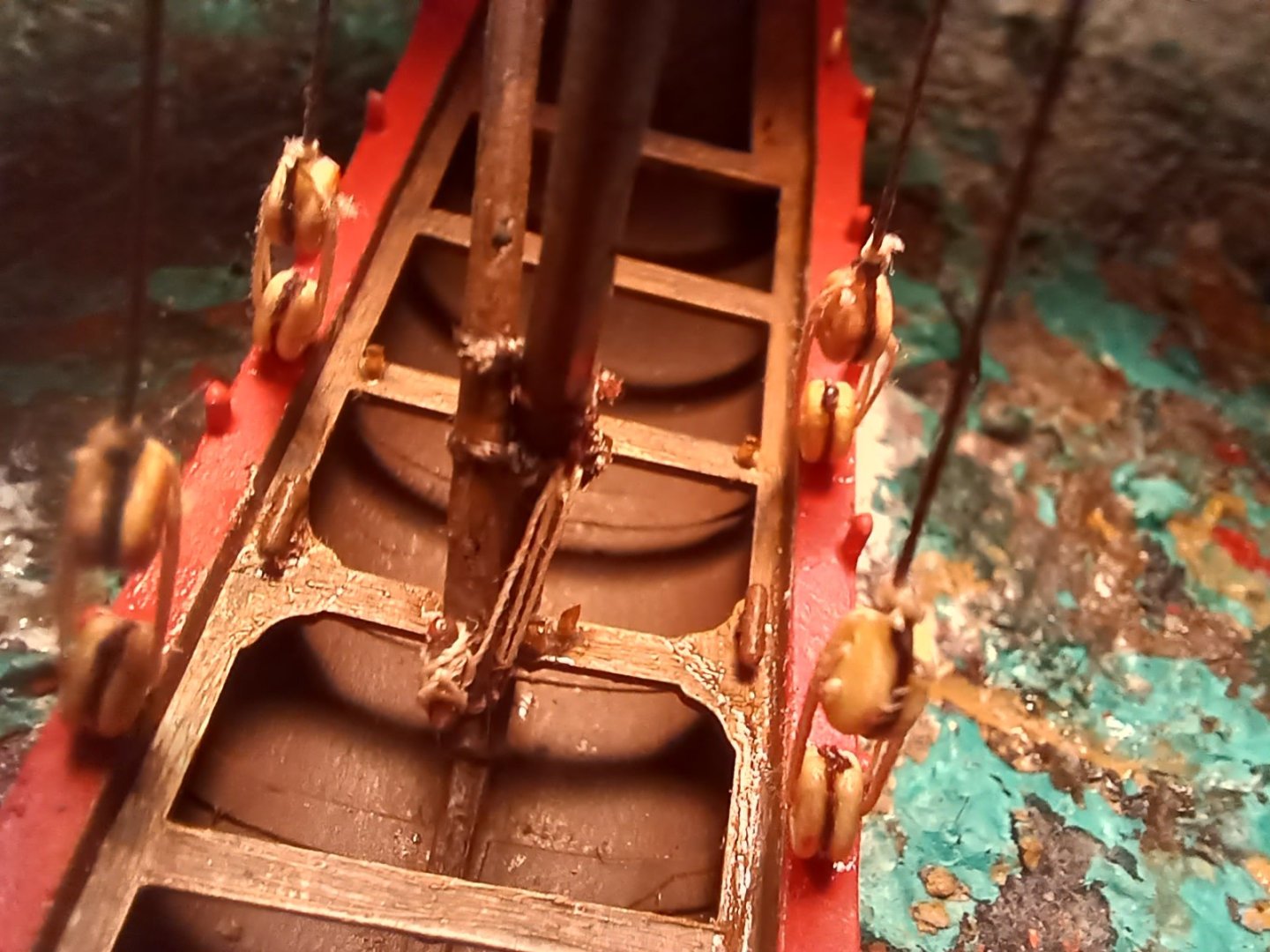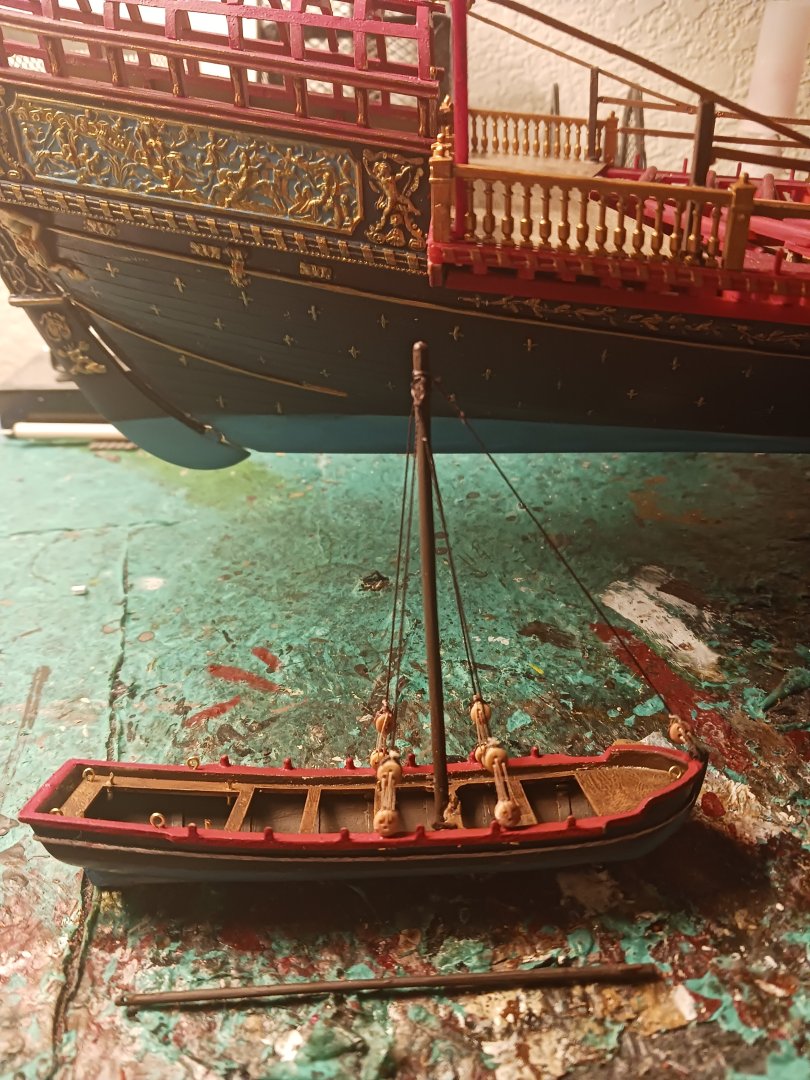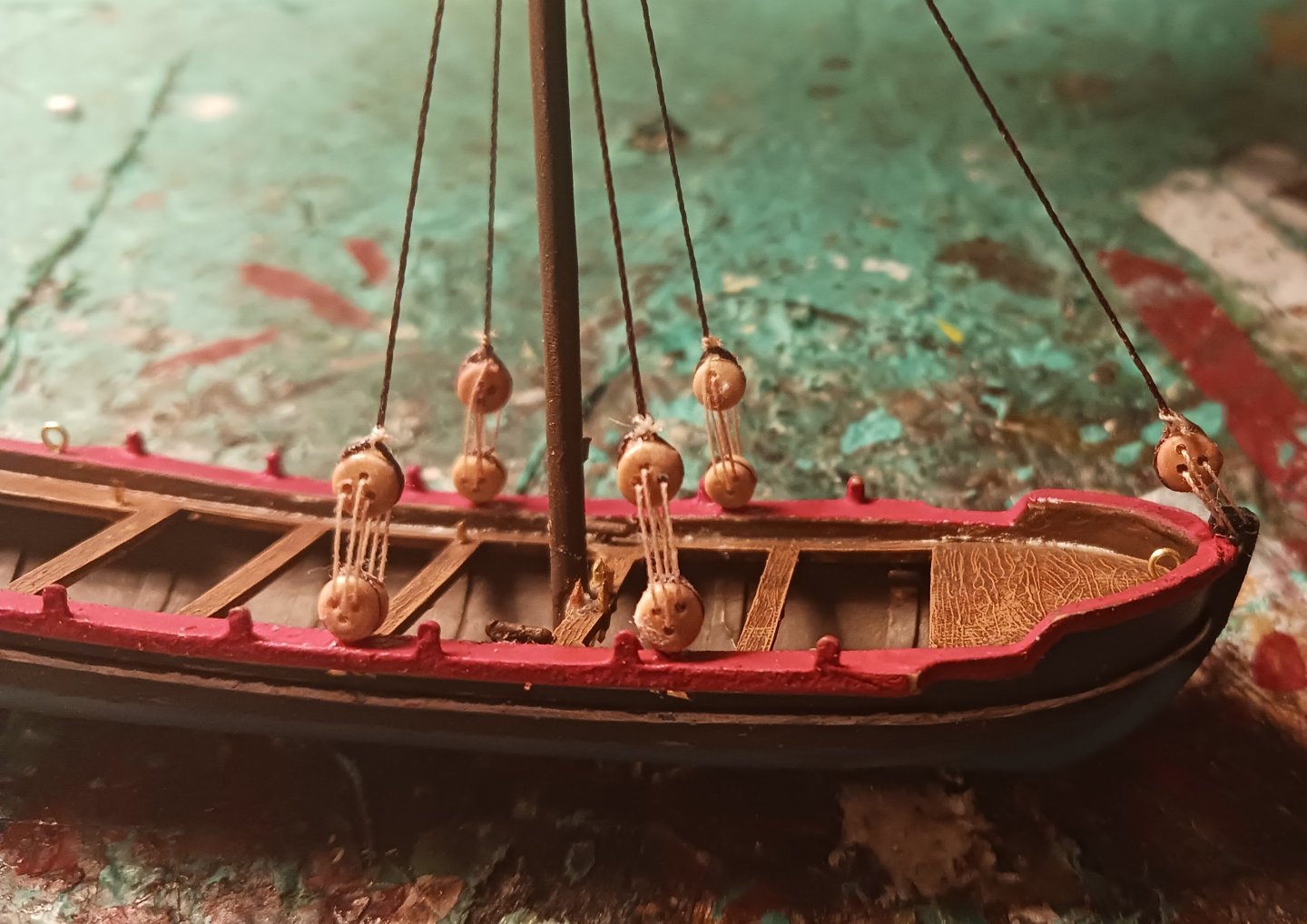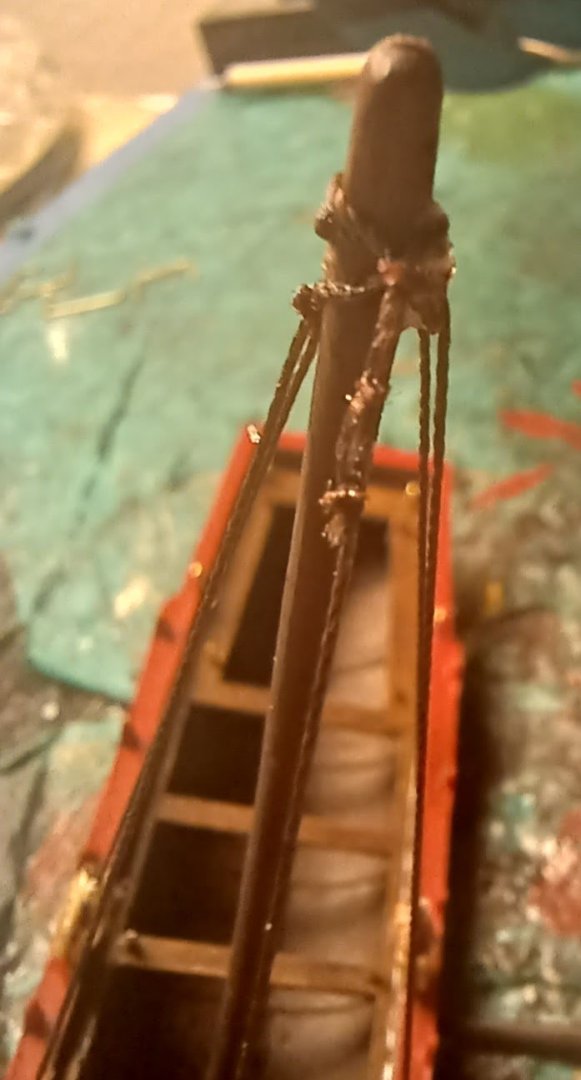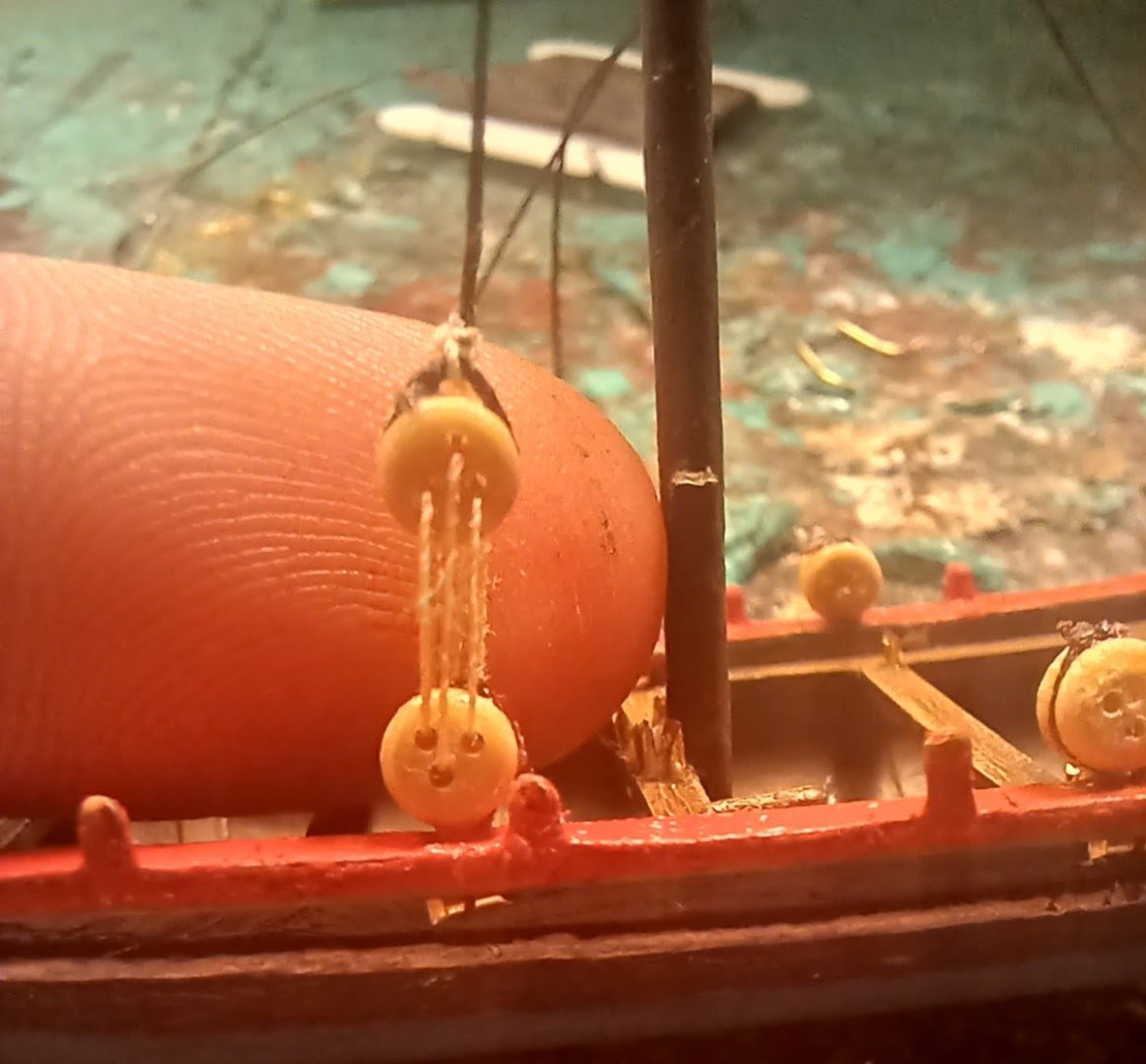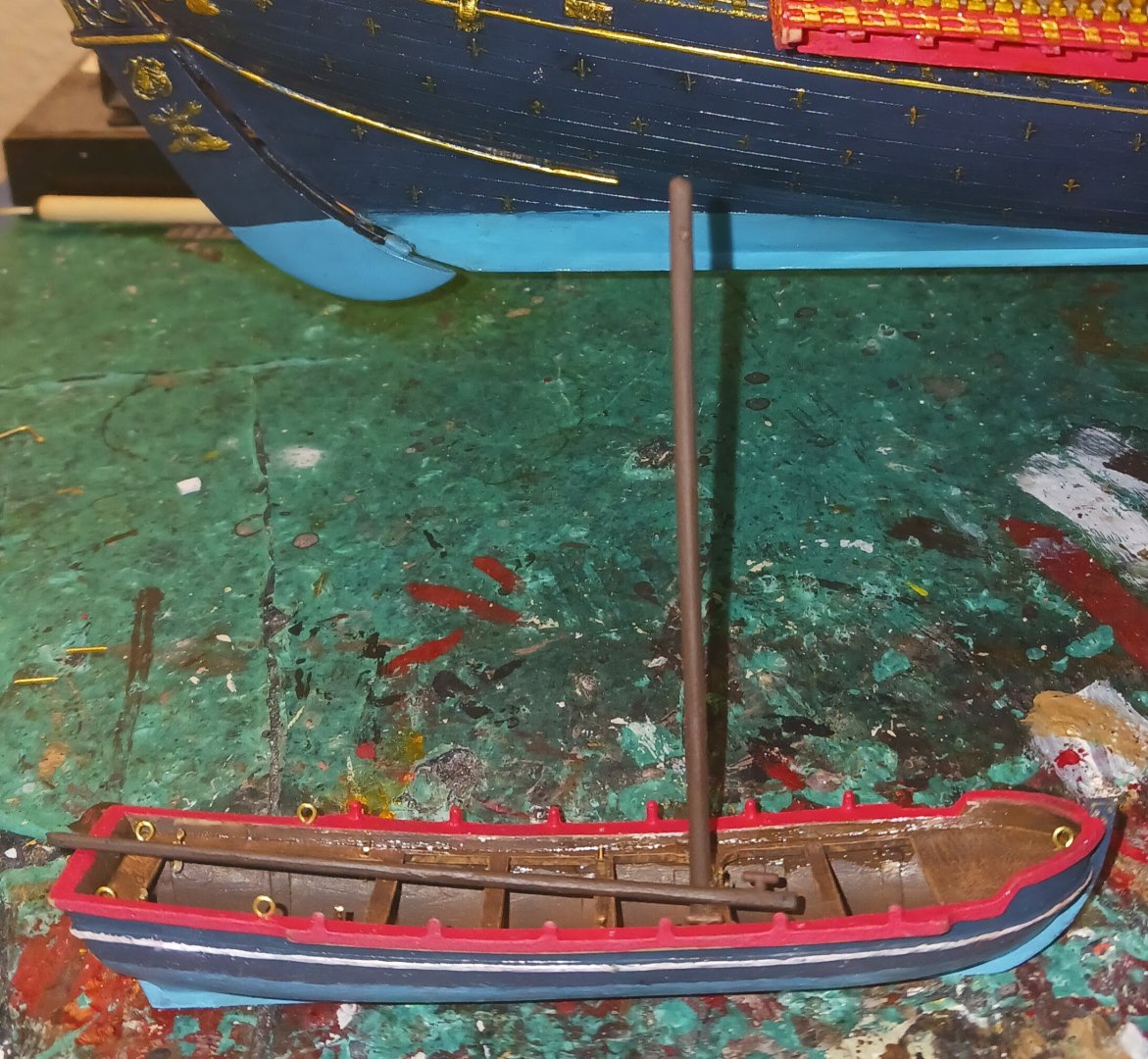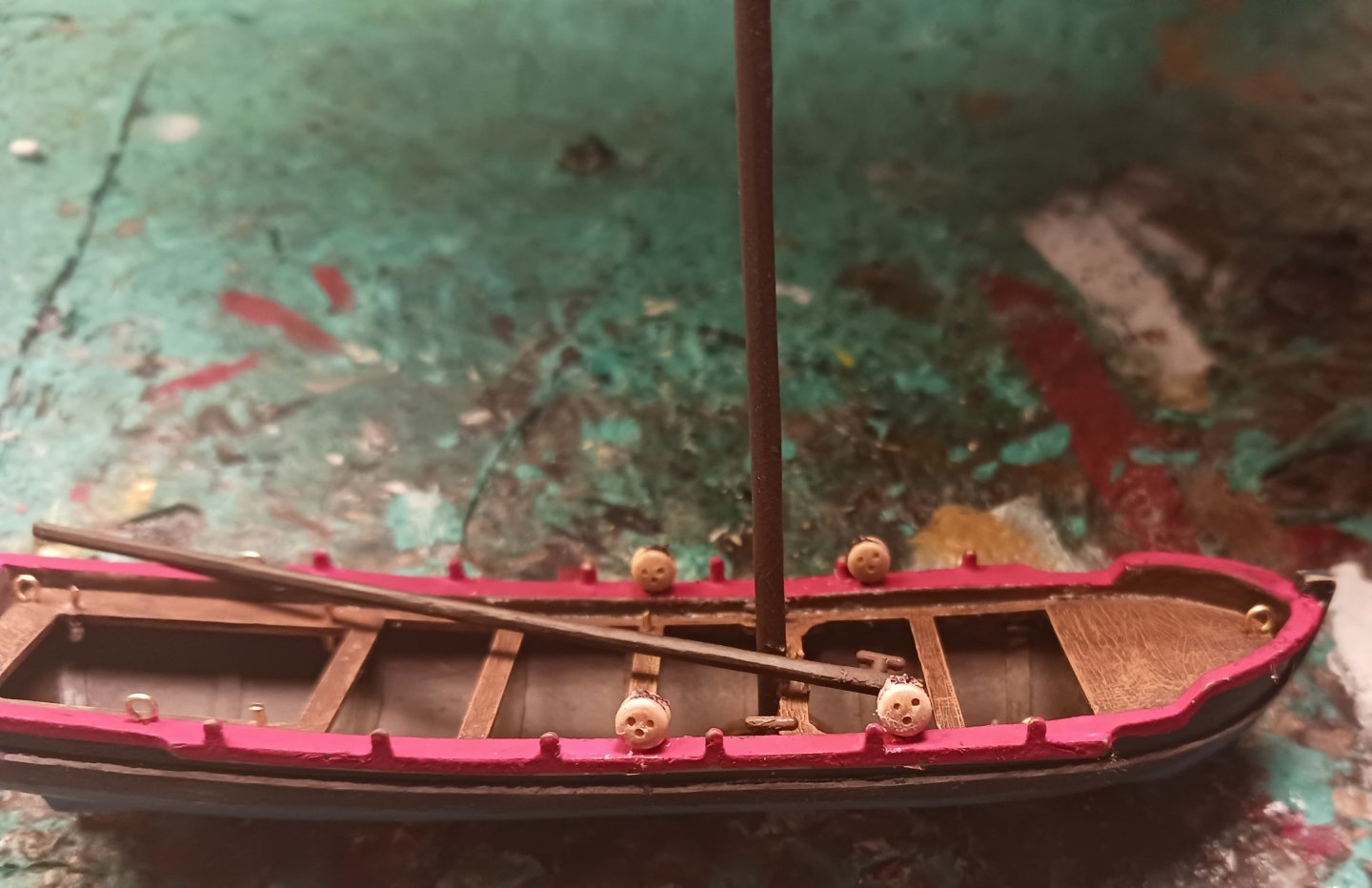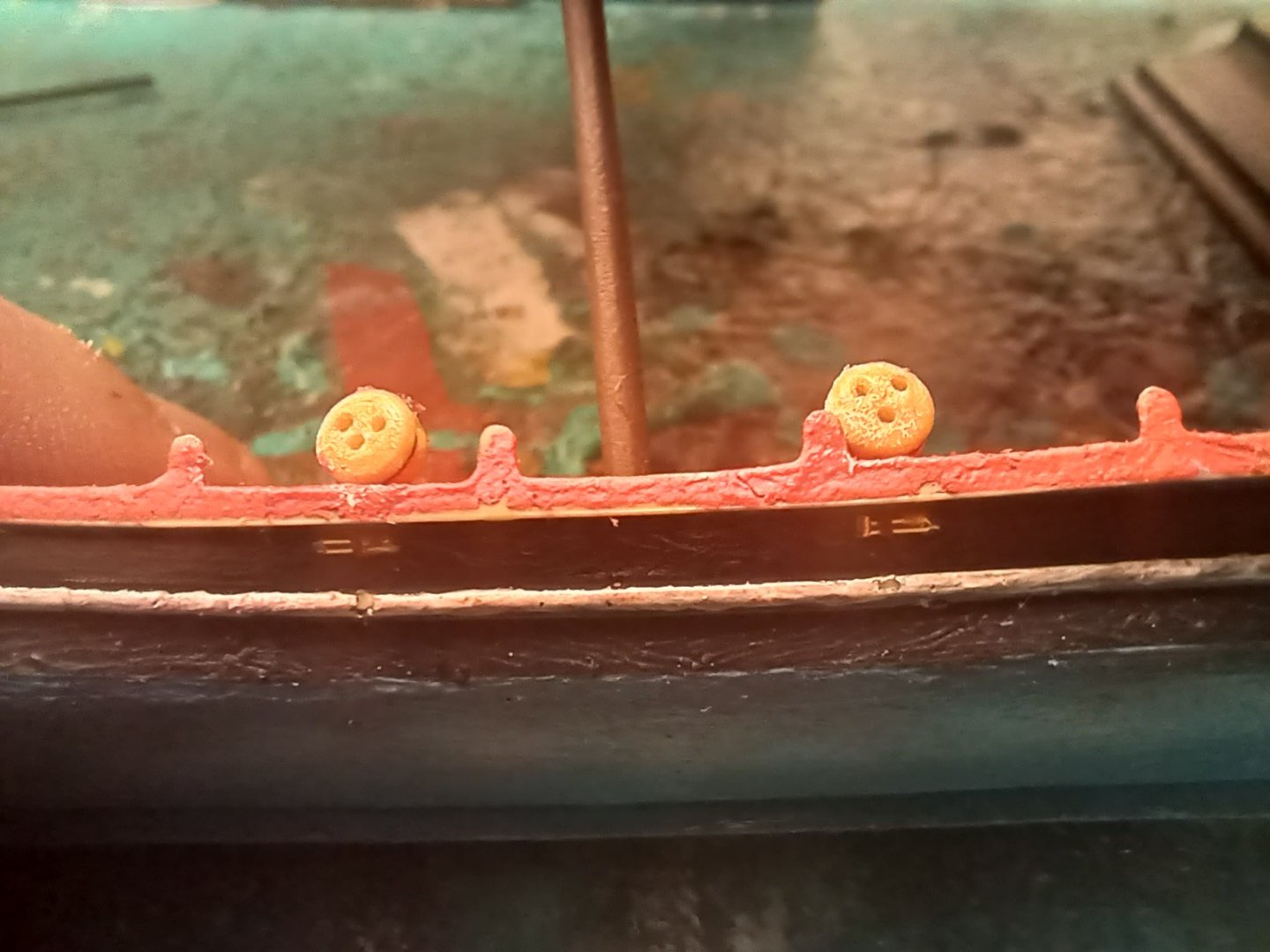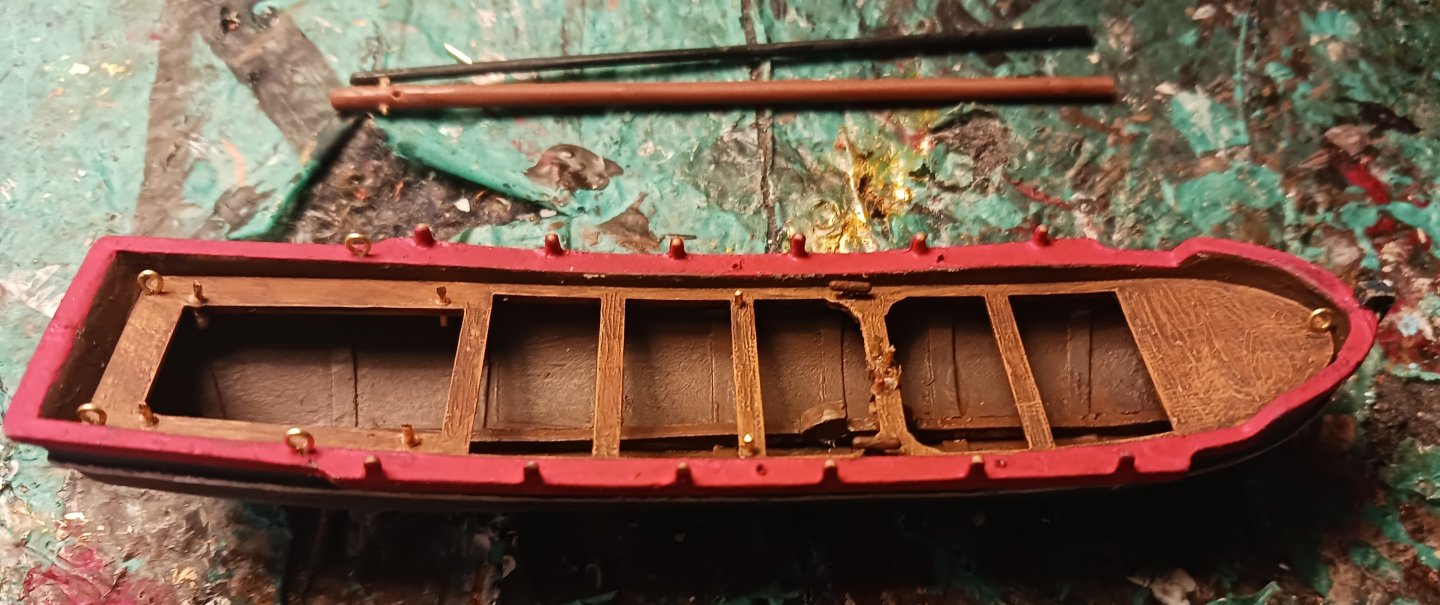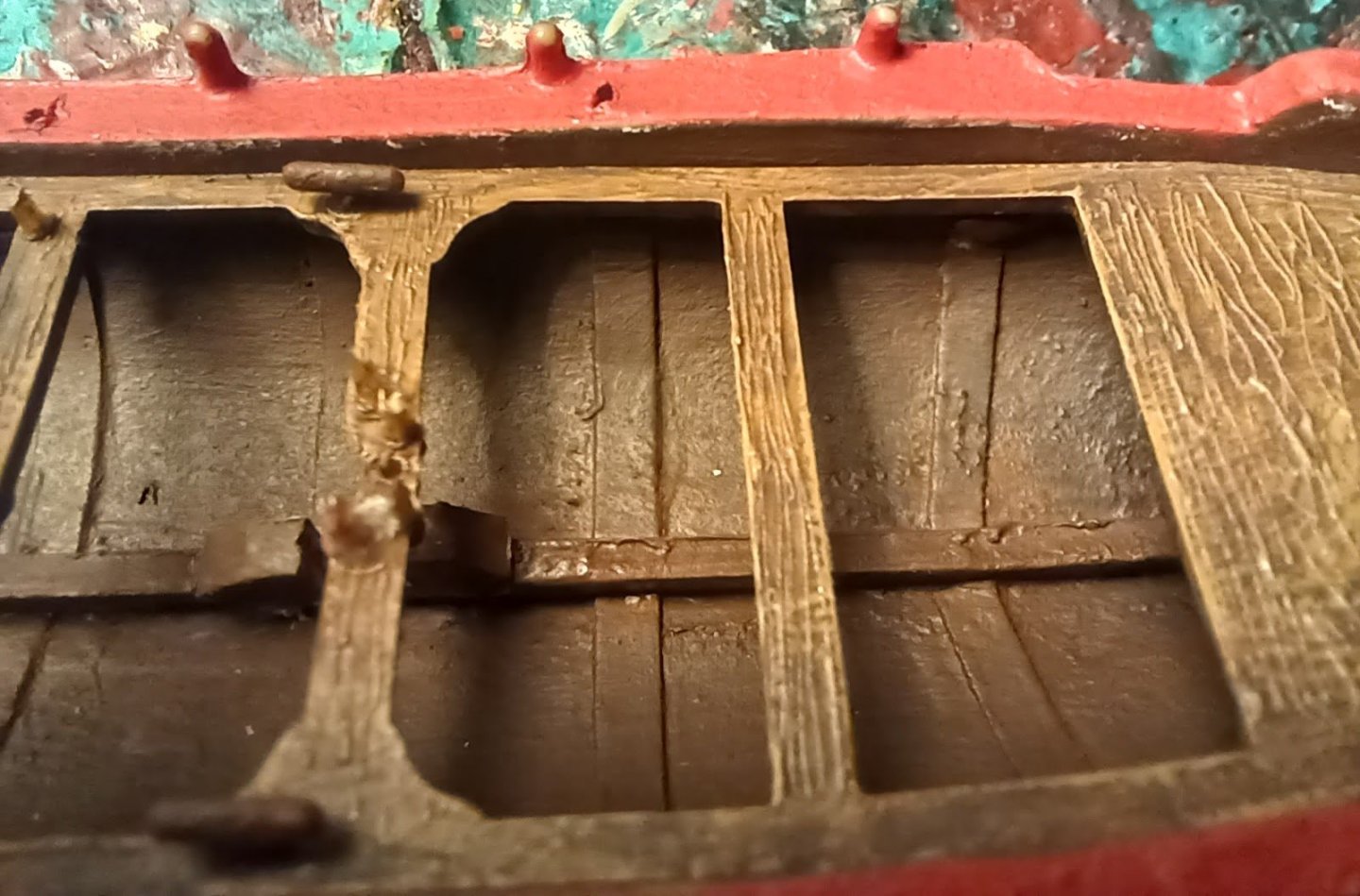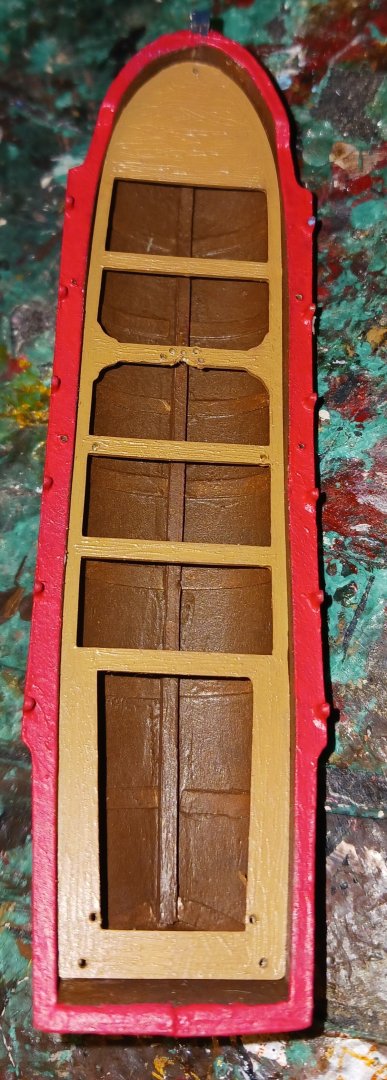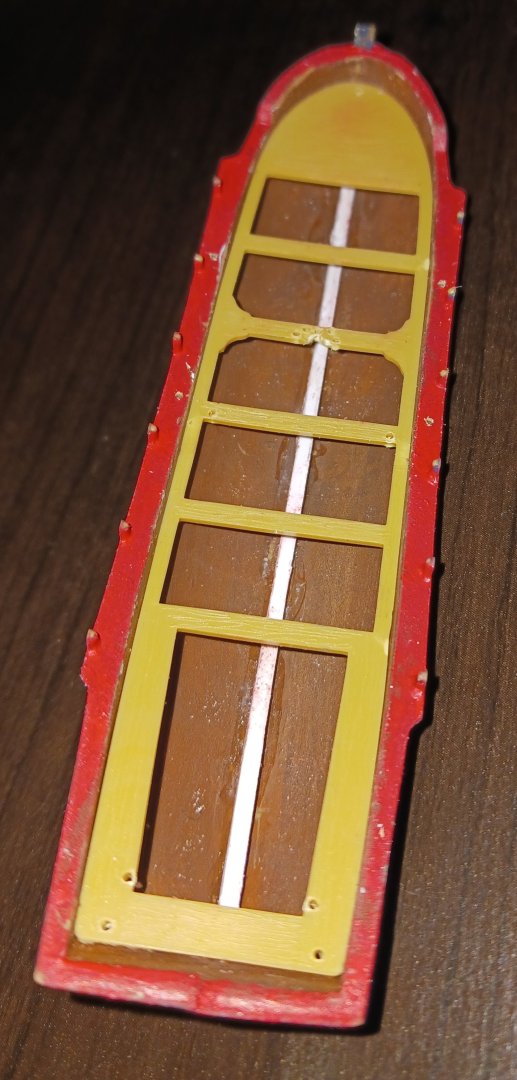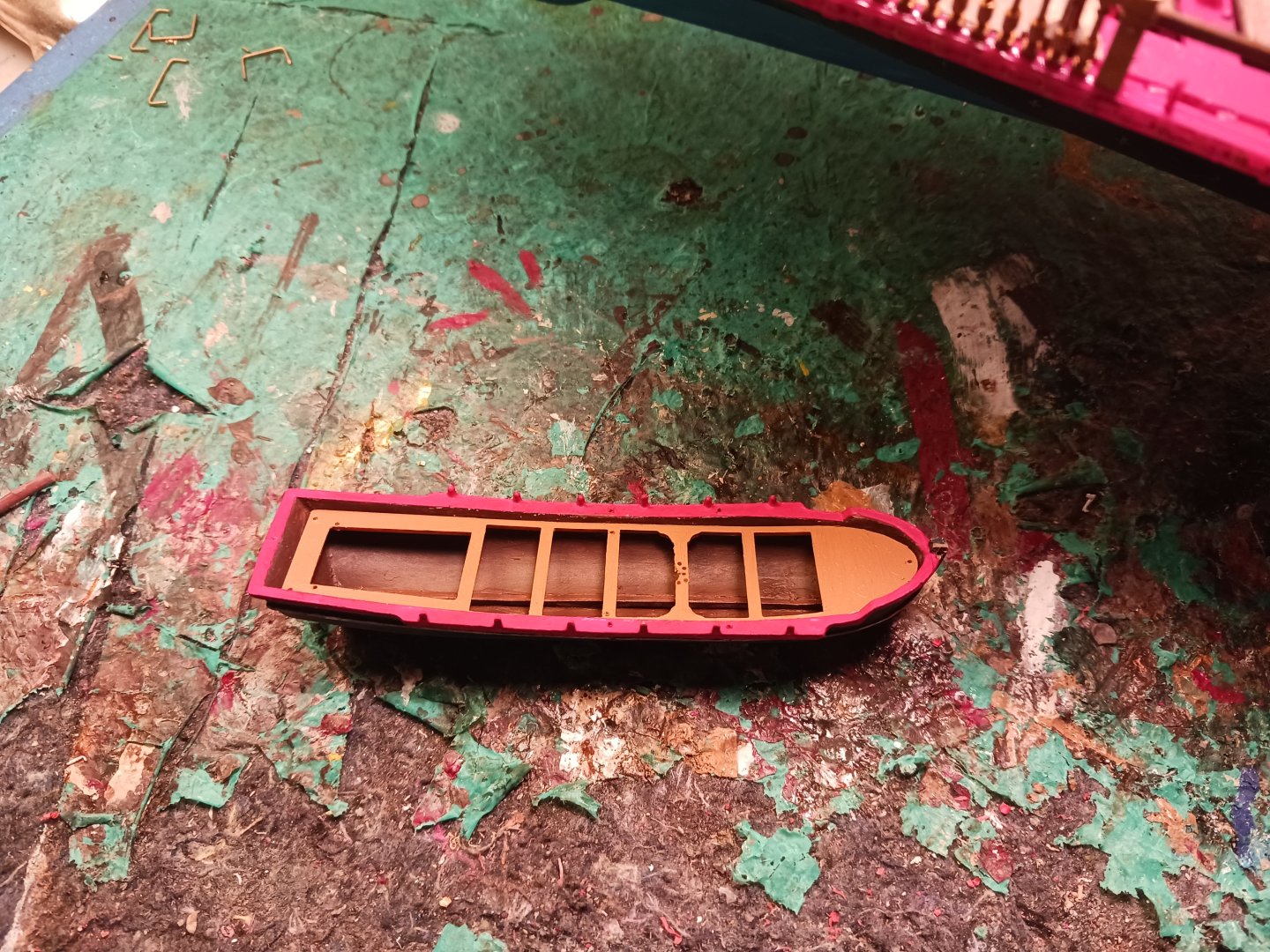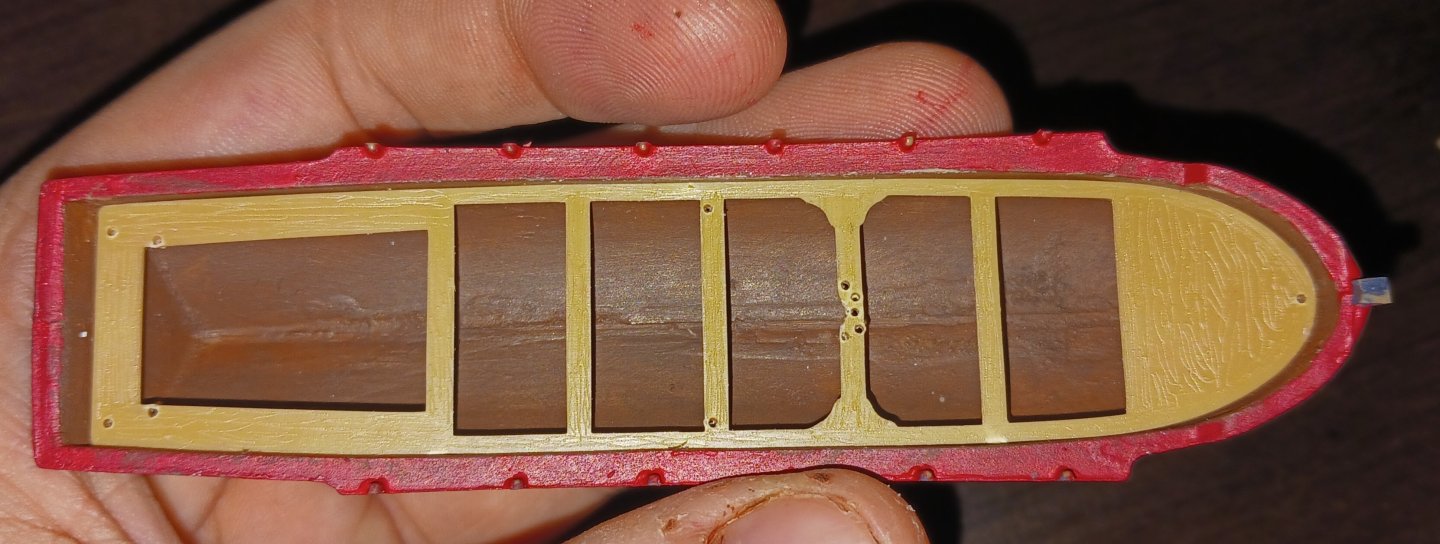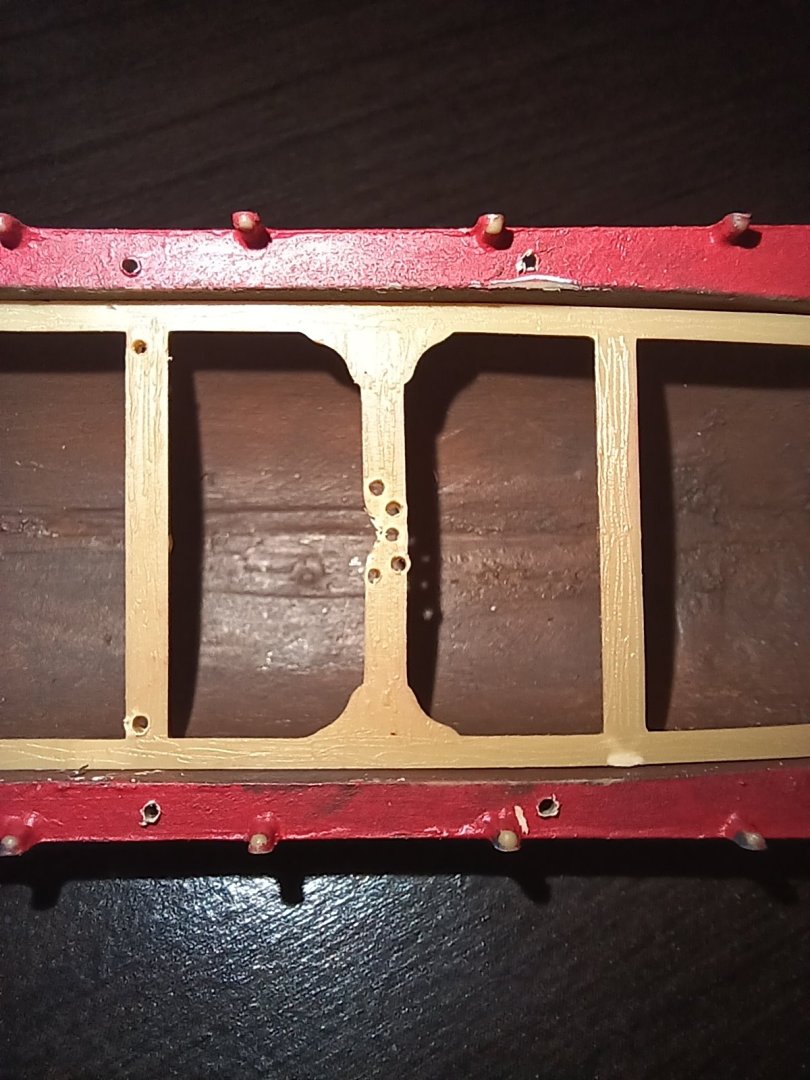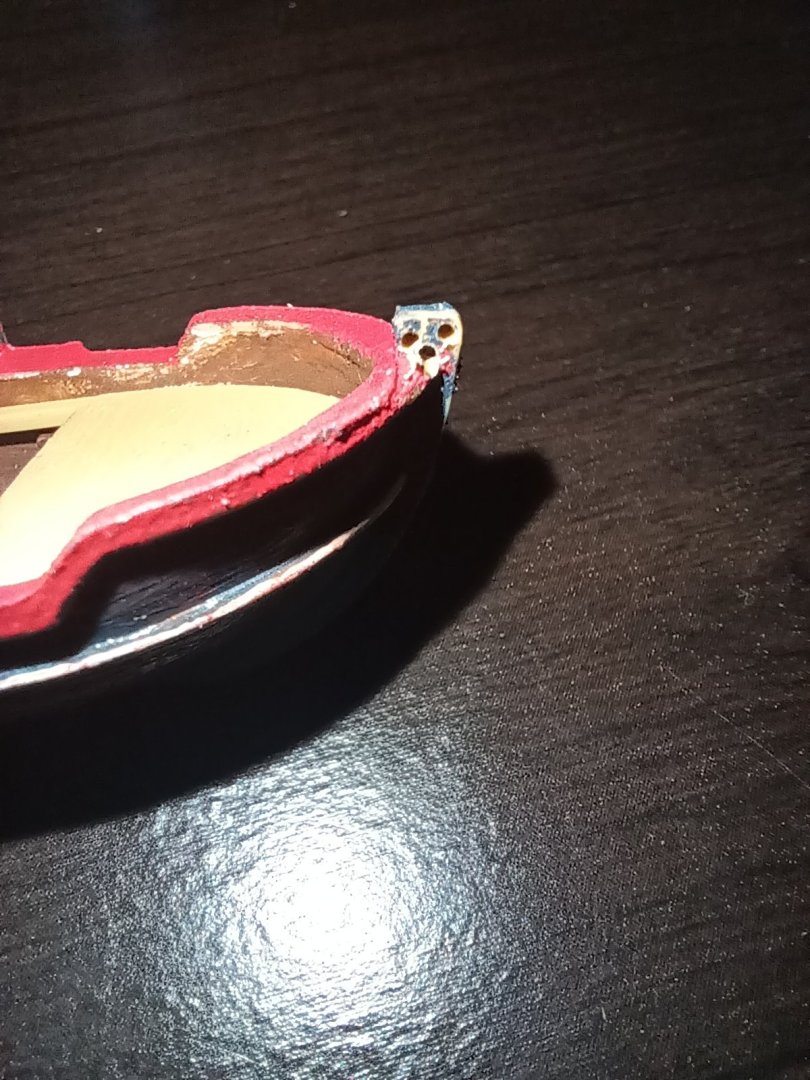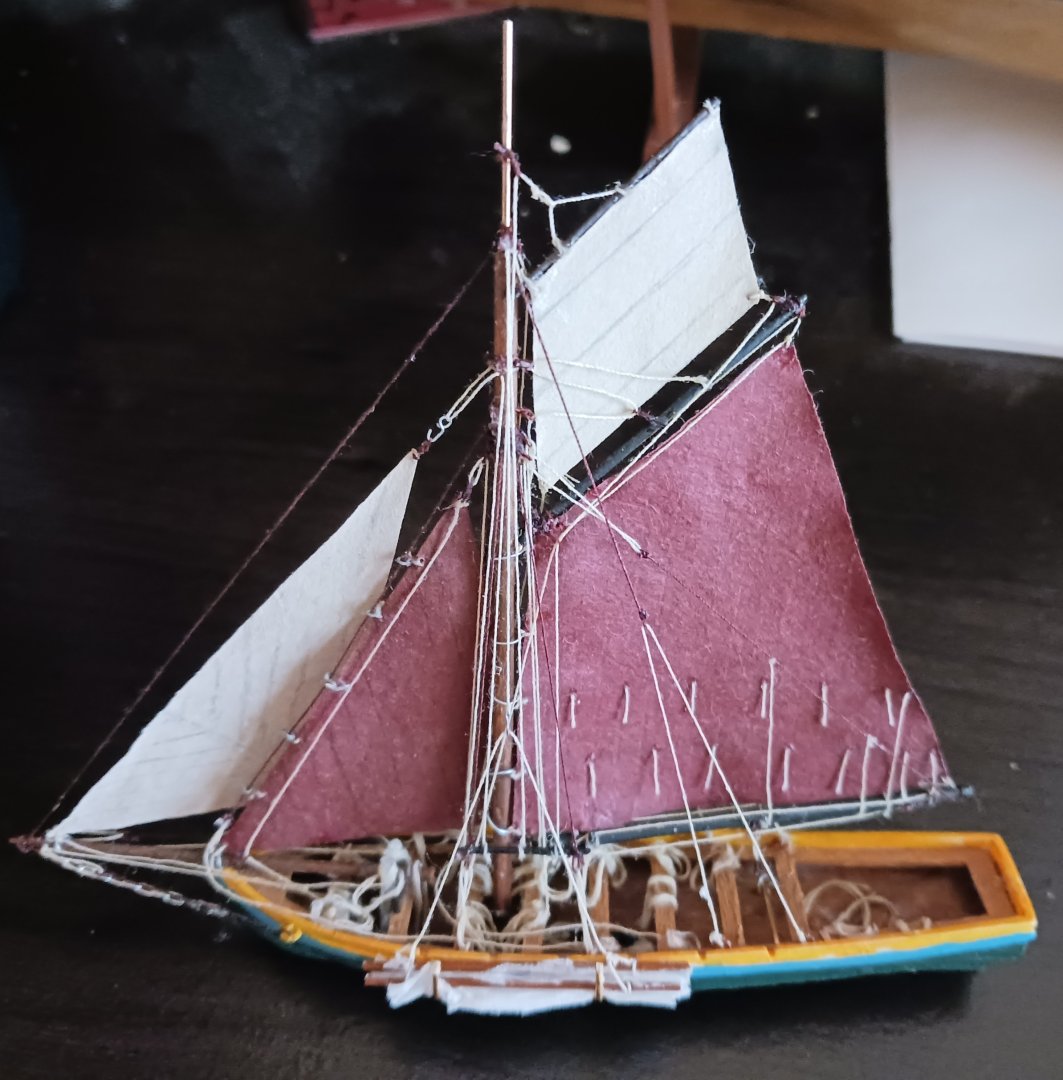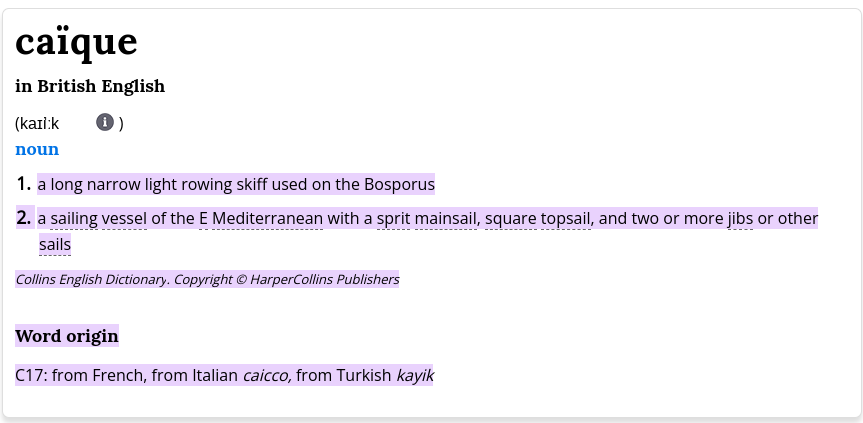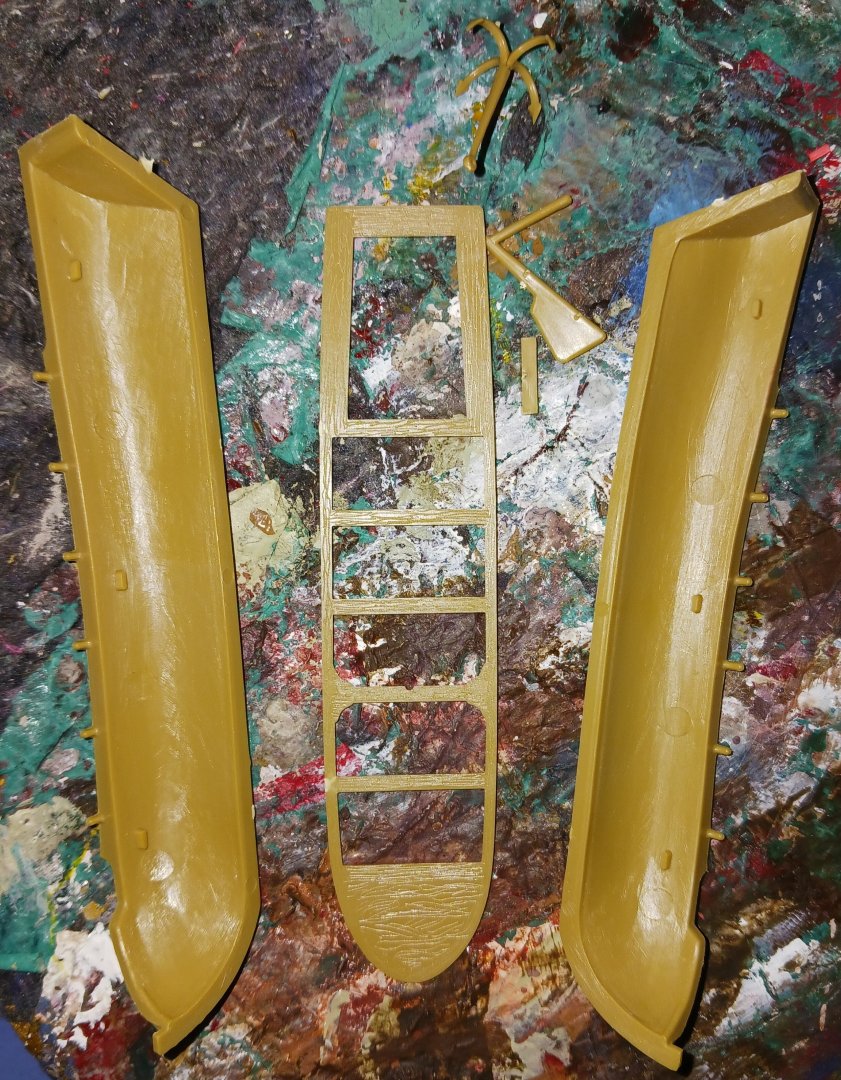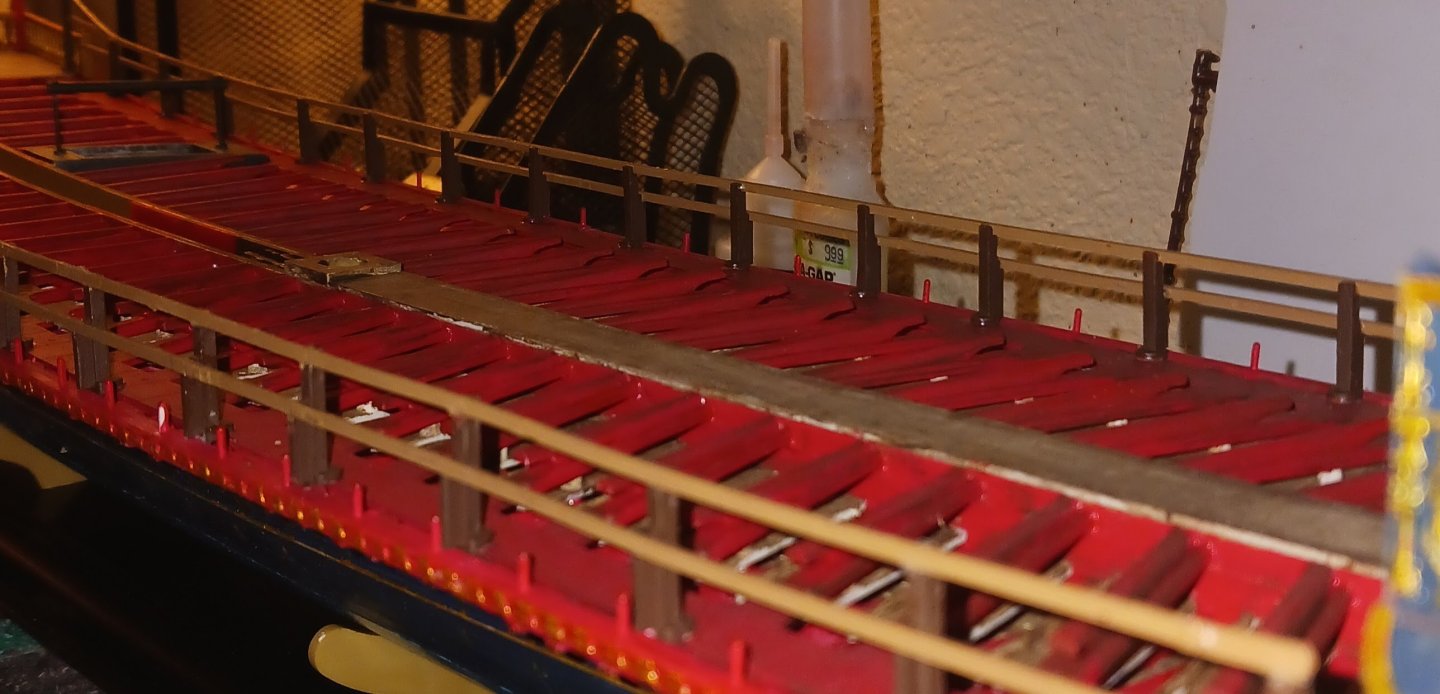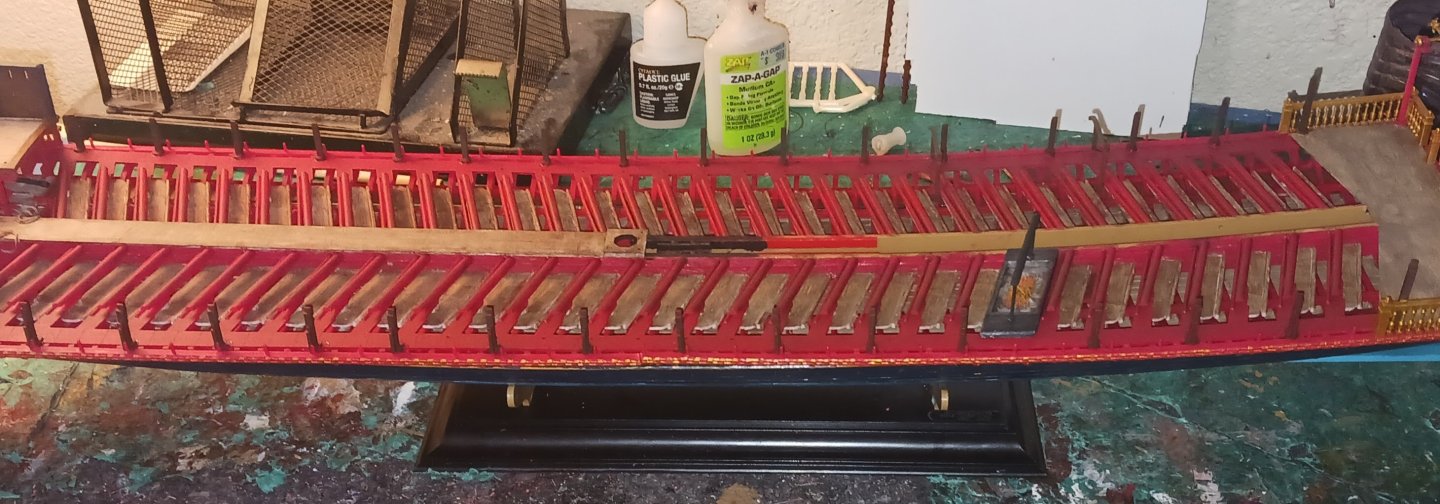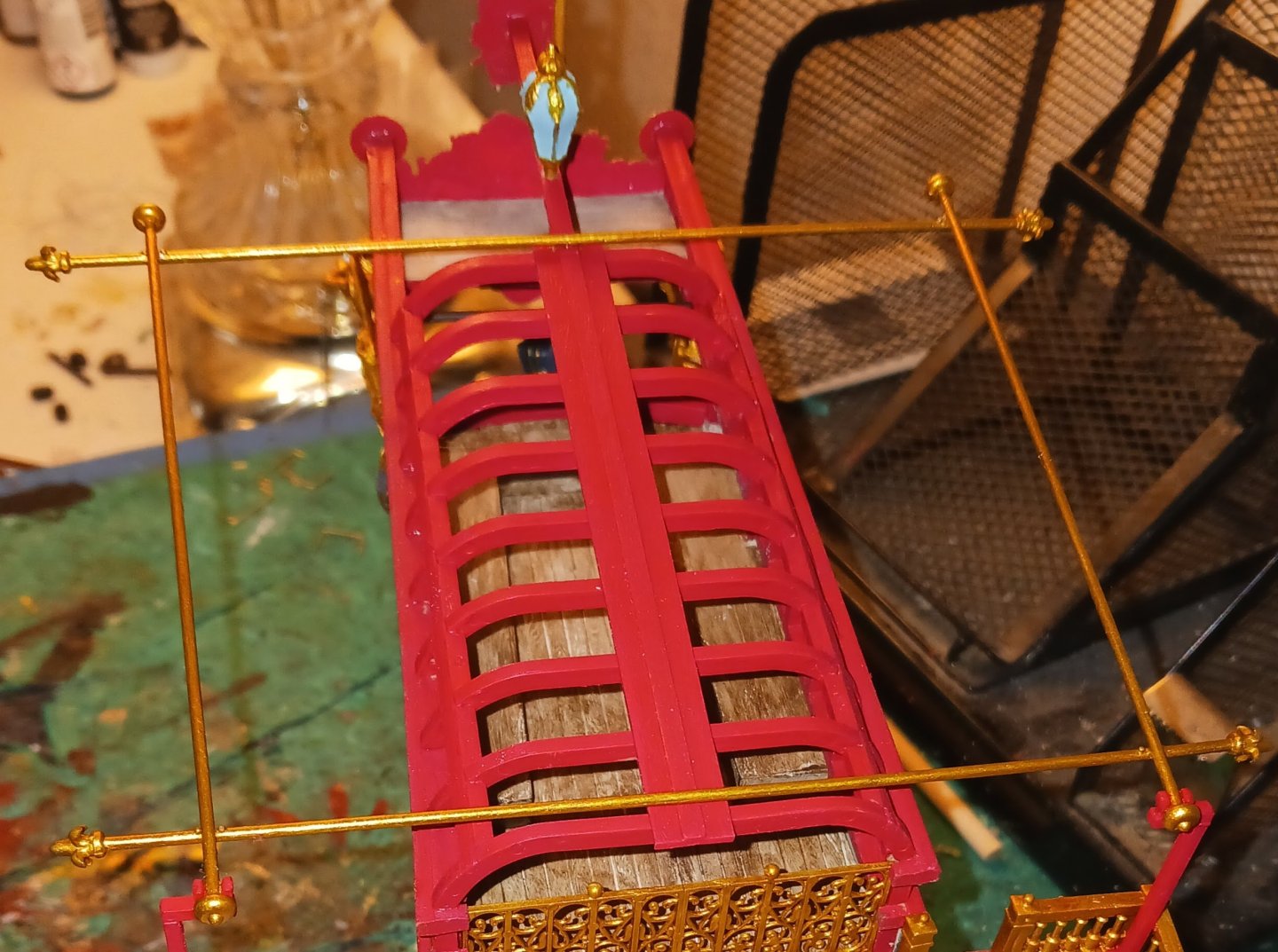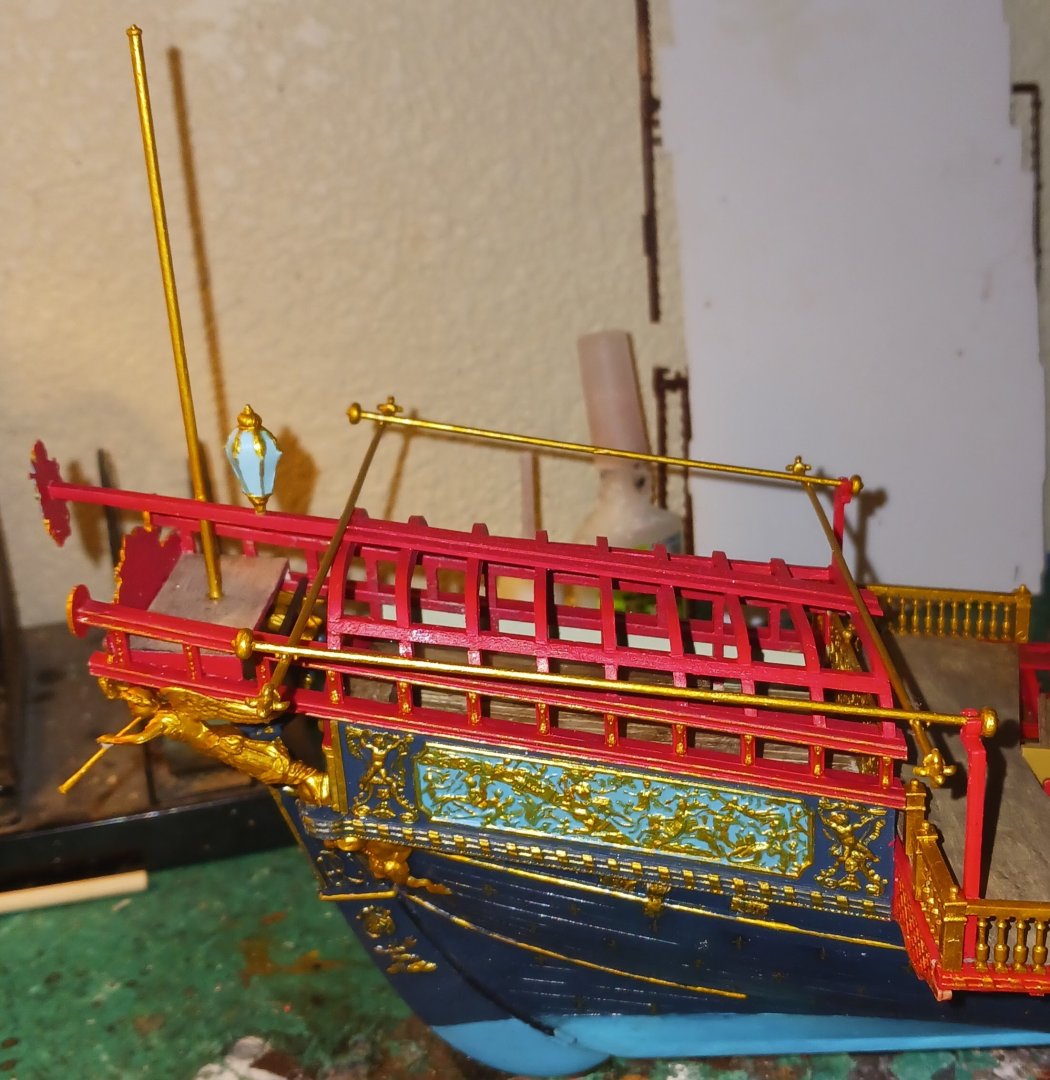-
Posts
1,389 -
Joined
-
Last visited
Content Type
Profiles
Forums
Gallery
Events
Everything posted by Ferrus Manus
-
I made the frames for the canot in the same way as the caique. There are 18 frames grand total, the same number as there are in the caique.
- 176 replies
-
- la reale de france
- heller
-
(and 2 more)
Tagged with:
-
I am getting a good start on the canot. The canot will be getting the same treatment as the caique, with a few exceptions. While one of the thwarts is braced as though there was going to be a mast, there is neither a mast step nor partners. Even then, this boat will be stowed on the gallows, so a mast and its equipment would rest on top tied down to the thwarts. The canot is slightly longer than the caique, but only has six oars. No anchor is provided so I will be making my own, more reasonably sized one.
- 176 replies
-
- la reale de france
- heller
-
(and 2 more)
Tagged with:
-
Now, it would be reasonable to believe that the anchor aboard the caique would actually be some kind of spare/maneuvering anchor for the ship. However, I used it anyway even considering its excessive size. One would wonder, with the anchor stowed in the bow, how this boat would possibly remain level in the water. It must weigh almost half a ton. This is the finished caique: Apart from the anchor and its line, I put two mooring lines on the thwarts, and put in the rudder. The tiller looked sad, so I replaced it. I intend to do the same with the canot, which I might start tonight.
- 176 replies
-
- la reale de france
- heller
-
(and 2 more)
Tagged with:
-
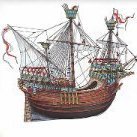
Mediaeval Shipwreck found in England
Ferrus Manus replied to Louie da fly's topic in Nautical/Naval History
Could this be the first nef wreck ever found? -
The positions of the oars on the thole pins: I quickly realized the infeasibility of having the oars sitting on the thwarts, owing to how their size and how many there were. Had they been sitting on the thwarts, the boat would have been unsailable. The other thing I wonder is why a ship's boat that's only slightly larger than a pinnace would need twelve oars? I could see a ship's launch requiring twelve or more rowers, but not this. I would say 3 pairs would be sufficient, but both the kit and the Landstrom book agree on twelve for the caique and six for the canot. The oars are positioned at an upward angle in relation to the waterline.
- 176 replies
-
- la reale de france
- heller
-
(and 2 more)
Tagged with:
-
I finished the rigging of the caique today. I knew before starting work on the stay sail that I had failed to make stay hoops out of rope before rigging the stay. The way I solved this was to tie loops around the stay and a sewing needle (five of them) and then pull the sewing needle out. I also made rope coils for the entire thing. The one issue I have consistently experienced is with the red paint on the exterior. It keeps coming off onto my fingers, at which point I rub it onto various parts of the rigging. It has not been that much of an issue, however. The caique has twelve belayed lines and associated rope coils. Because of the positioning of the sails and rigging, it isn't feasible to have the oars sitting on the thwarts, so I will put them on the thole pins as though they were in use. The way I got the stay sail to billow was to put a tiny dot of glue on the starboard fore upper deadeye, and allowed the sail to rest on that, as shown in the pictures. The rudder and anchor, and maybe some moorings lines, are still in order.
- 176 replies
-
- la reale de france
- heller
-
(and 2 more)
Tagged with:
-
- 176 replies
-
- la reale de france
- heller
-
(and 2 more)
Tagged with:
-
This morning, I put the rigging lines on the sail, before gluing the sail itself to the spritsail yard with wood glue. This is the result:
- 176 replies
-
- la reale de france
- heller
-
(and 2 more)
Tagged with:
-
This is what the finished rigging of the spritsail yard looks like, without rope coils: I cut the sail out of silkspan, and placed it onto the yard/mast to get a general idea of what it will look like. Like a gaff sail, you can rig a spritsail in any number of ways. As this is a ship's boat, I will likely only attach it at each of the four corners of the sail. This is owing to the fact that a ship's boat would have to set and take down rigging quickly to be stowed aboard the ship. Shallops at least sometimes went on voyages longer than the jobs a ship's boat would perform would require (John Smith's expedition, Mayflower's shallop, etc) and in those cases, it would make sense to have the sail attached to the mast at the head of the sail. Modern reconstructions use mast hoops and an otherwise flying rig. The head and peak of the sail will have both uphauls and downhauls, and the two lower corners of the sail will belay to the thwarts. I drew in the sections of the sail with pencil, then stained the sail in black coffee until it was the correct color. I took advantage of how damp the sail was by forming it to the yard (this boat is on a port tack) with rigging spools as weights. This is the finished billow: Mind you, nothing is attached to anything as of right now. The lines on the sail will be set to keep the billow as intact as possible. I am thinking I might use wood glue to attach the sail to the two ends of the spritsail yard, before belaying any rigging.
- 176 replies
-
- la reale de france
- heller
-
(and 2 more)
Tagged with:
-
I have completed the initial mounting of the spritsail yard onto the mast using a standing truss, and rigged the forward tackle. My problems with unwanted rotation around the yard's longitudinal axis will be solved with the tension applied by the peak halyard. The raising of the yard tensions the forward tackle, which straightens out the yard.
- 176 replies
-
- la reale de france
- heller
-
(and 2 more)
Tagged with:
-
The rest of the standing rigging: I now have a name for the caique: Elise Royale. Reale, as in a flagship commanded directly by a nation's monarch, seems to have no direct translation to English, at least not that I'm aware of. I have a few ideas for what the name of the canot will be. I am unaware as to whether or not ship's boats ever had names of their own in this era, but we can only hope. I am sure that if names existed for ship's boats in this era, they would have fallen completely out of use by the time of the classical age of sail.
- 176 replies
-
- la reale de france
- heller
-
(and 2 more)
Tagged with:
-
These are the smallest deadeyes I have ever rigged, and so far, I am happy with the first one. the entire deadeye/lanyard system is smaller than the width of my index finger. Deadeyes are very simple and easy to rig, and they scale down very well.
- 176 replies
-
- la reale de france
- heller
-
(and 2 more)
Tagged with:
-
- 176 replies
-
- la reale de france
- heller
-
(and 2 more)
Tagged with:
-
I put in the mast step, glued in the pins and eyebolts (most of them) and chose a yard for the mast. I also did some prep work on the mast.
- 176 replies
-
- la reale de france
- heller
-
(and 2 more)
Tagged with:
-
Trust me, I understand. I just believe there are ways to make the model something you're more happy with as the build progresses.
- 55 replies
-
- miniature
- Brandenburg State Yacht
-
(and 1 more)
Tagged with:
-
The errors I see are very minor in comparison to some of those I have made on much larger scale ships. At 1/200 scale, I would give myself a break if I were you. Your model is shaping up as a magnificent reconstruction, and unless you're Kirill or 72nova, you're going to make errors at 1/200. I would sand down the plank that juts upwards on the model, the cap rail should hide the rest. Filler and sanding should fix any gaps or ugly spots in planking.
- 55 replies
-
- miniature
- Brandenburg State Yacht
-
(and 1 more)
Tagged with:
-
I added the frames inside the hull using some very light cardboard. The frames should be more visible after everything is weathered. After that, the only thing to do before beginning the rigging is put in the mast step, put in the eyebolts/pins, and prep the mast.
- 176 replies
-
- la reale de france
- heller
-
(and 2 more)
Tagged with:
-
- 176 replies
-
- la reale de france
- heller
-
(and 2 more)
Tagged with:
-
This is the finalized paint scheme for the caique: The locations of pins and eyebolts on the thwarts: I might make some more strakes to put in the hull, just to make it look a little better. The holes in the hull are for the shrouds and stay. The holes in the midships section are for toggles, which will hold the lower deadeyes of the shrouds in place. The three holes in the bow are the sheaves for the stay lanyard.
- 176 replies
-
- la reale de france
- heller
-
(and 2 more)
Tagged with:
-
The context of this is that I am no stranger to doing complex rigs on tiny boats. This is a 1/96 scale model of a fishing smack I made a few months back: Now a 17th century ship's boat would never have a rig anywhere near this complex, but it is at least worth mentioning that I have been waiting for an excuse to spruce up at least one of the ship's boats. A caique, as per Collins Dictionary, possesses a spritsail rig:
- 176 replies
-
- la reale de france
- heller
-
(and 2 more)
Tagged with:
-
On to the ship's boats. The ship has two boats, a caique and a canot. The caique is the larger one, and I have just taken all the parts for it off of the sprues. You know what that looks like to me, on the second thwart? mast partners. You know what that means? Masting and rigging. I was originally going to display the caique on the boat gallows and the canot on a separate stand. Now, I think I will rig the caique with whatever sail plan it might have had, and display the canot on the gallows.
- 176 replies
-
- la reale de france
- heller
-
(and 2 more)
Tagged with:
-
The upper railings: They aren't horrible, but they aren't as good as Michael D. managed to get his. I think the main culprit was me pressing too hard on each stanchion when gluing them into place, and the ugly glue-jobs I had to do on several rails, that then got covered with three layers of paint. The re-painting I had to do in areas where the paint was ripped off during gluing didn't help matters. They aren't as offensive in real life as they are in the pictures.
- 176 replies
-
- la reale de france
- heller
-
(and 2 more)
Tagged with:
-
I put on the stanchions for the railings after painting them. I would almost rather have painted everything red because I had to absolutely cake paint onto the pieces to get the red plastic to stop showing through. I aligned them decently enough, I think, and had to cut off parts of some of them to get them to fit around the oar supports and thole pins. None of these are directly aft of a thole pin, meaning there will be no issue fitting oars at the end. Then, I painted and installed the bottom four railing pieces. I still think I would have been better off using wood pieces, as they did not turn out completely straight. I doubt the top ones will be this bad, because they weren't as warped on the sprue. Some of the bottom ones looked like snakes when I took a good look at them.
- 176 replies
-
- la reale de france
- heller
-
(and 2 more)
Tagged with:
-
Now that I have finished the stern and all the decorative elements (mostly), I now need to decide where the line between extravagance and utilitarianism will be. I am thinking the line will be close to where it is in the painting. I am thinking the railings will be painted a light brown color, with the stanchions a darker brown. I will be excluding the railing flags. I have a sneaking suspicion that Heller designed the flag layout as would be displayed in a galley festival. Some of the flags, I suspect, would cause serious unwanted windage in normal use, when sailing or rowing. The painting shows very few flags, and seems to depict the Reale in normal operation. Heller sees the railings as being painted the same red color they came molded in, but I disagree.
- 176 replies
-
- la reale de france
- heller
-
(and 2 more)
Tagged with:
-
I proceeded to paint them gold (two coats) and glue them onto the ship. After around 10 minutes of fiddling, this is as well-aligned as I got them:
- 176 replies
-
- la reale de france
- heller
-
(and 2 more)
Tagged with:
About us
Modelshipworld - Advancing Ship Modeling through Research
SSL Secured
Your security is important for us so this Website is SSL-Secured
NRG Mailing Address
Nautical Research Guild
237 South Lincoln Street
Westmont IL, 60559-1917
Model Ship World ® and the MSW logo are Registered Trademarks, and belong to the Nautical Research Guild (United States Patent and Trademark Office: No. 6,929,264 & No. 6,929,274, registered Dec. 20, 2022)
Helpful Links
About the NRG
If you enjoy building ship models that are historically accurate as well as beautiful, then The Nautical Research Guild (NRG) is just right for you.
The Guild is a non-profit educational organization whose mission is to “Advance Ship Modeling Through Research”. We provide support to our members in their efforts to raise the quality of their model ships.
The Nautical Research Guild has published our world-renowned quarterly magazine, The Nautical Research Journal, since 1955. The pages of the Journal are full of articles by accomplished ship modelers who show you how they create those exquisite details on their models, and by maritime historians who show you the correct details to build. The Journal is available in both print and digital editions. Go to the NRG web site (www.thenrg.org) to download a complimentary digital copy of the Journal. The NRG also publishes plan sets, books and compilations of back issues of the Journal and the former Ships in Scale and Model Ship Builder magazines.


